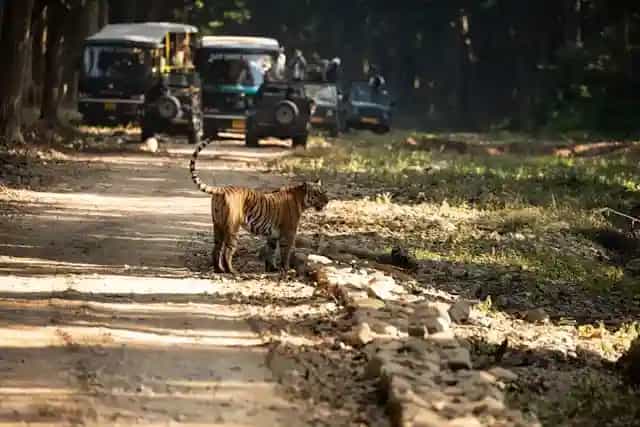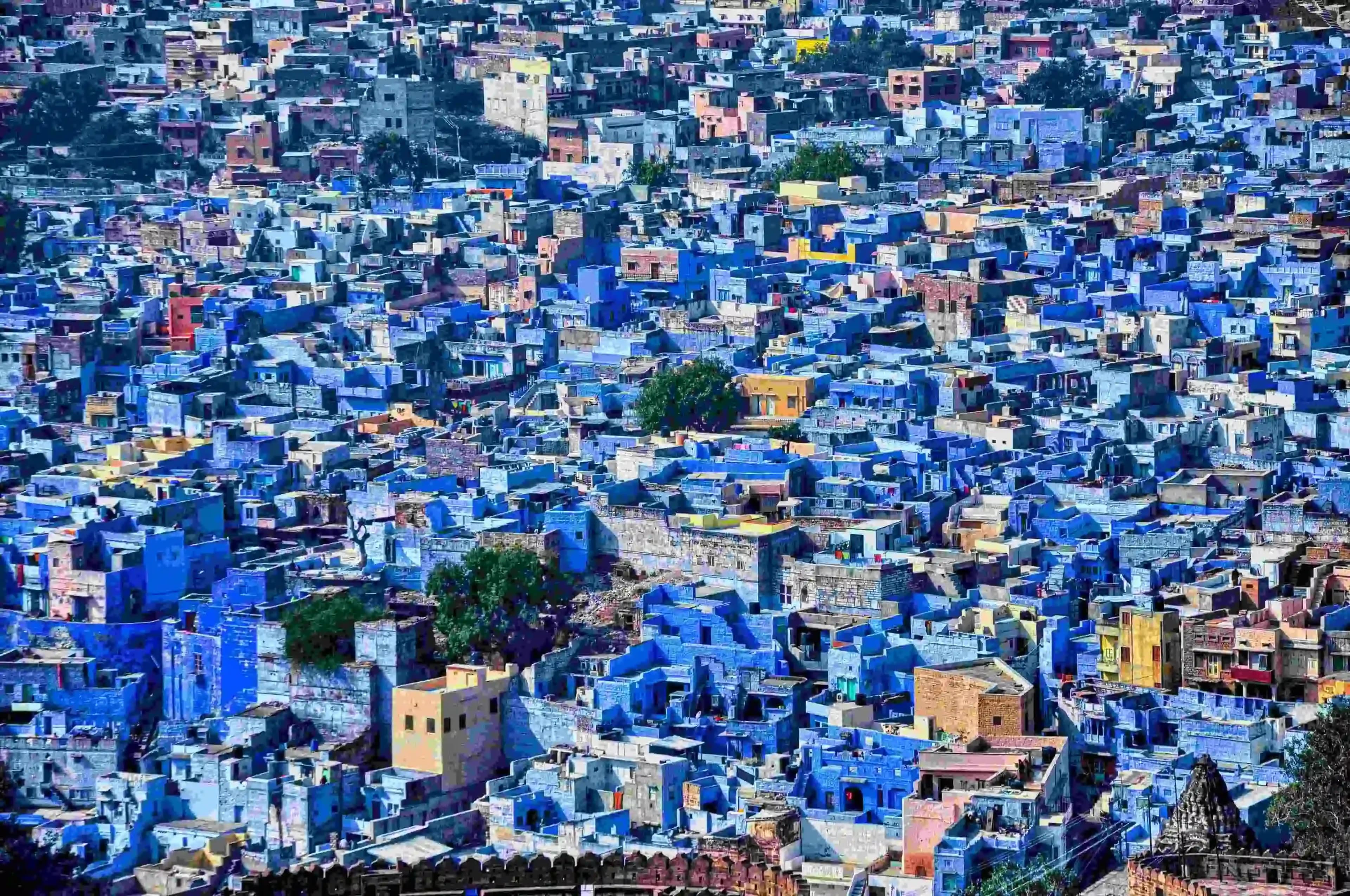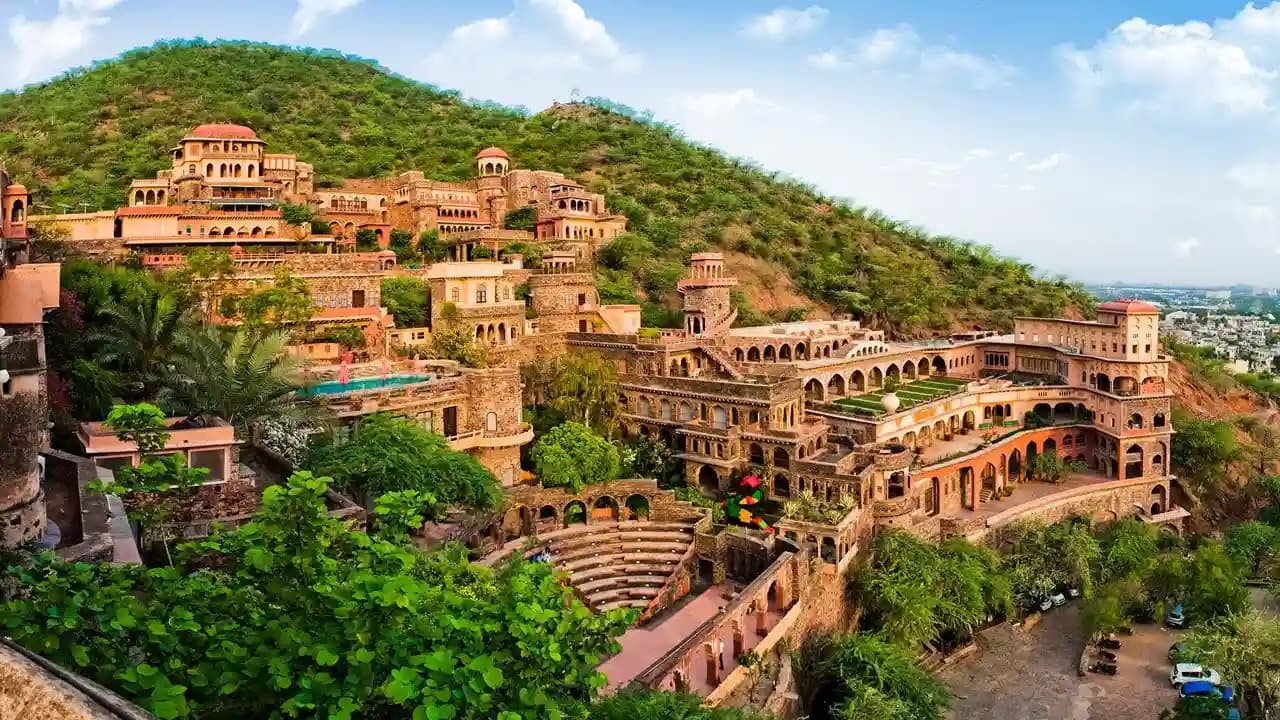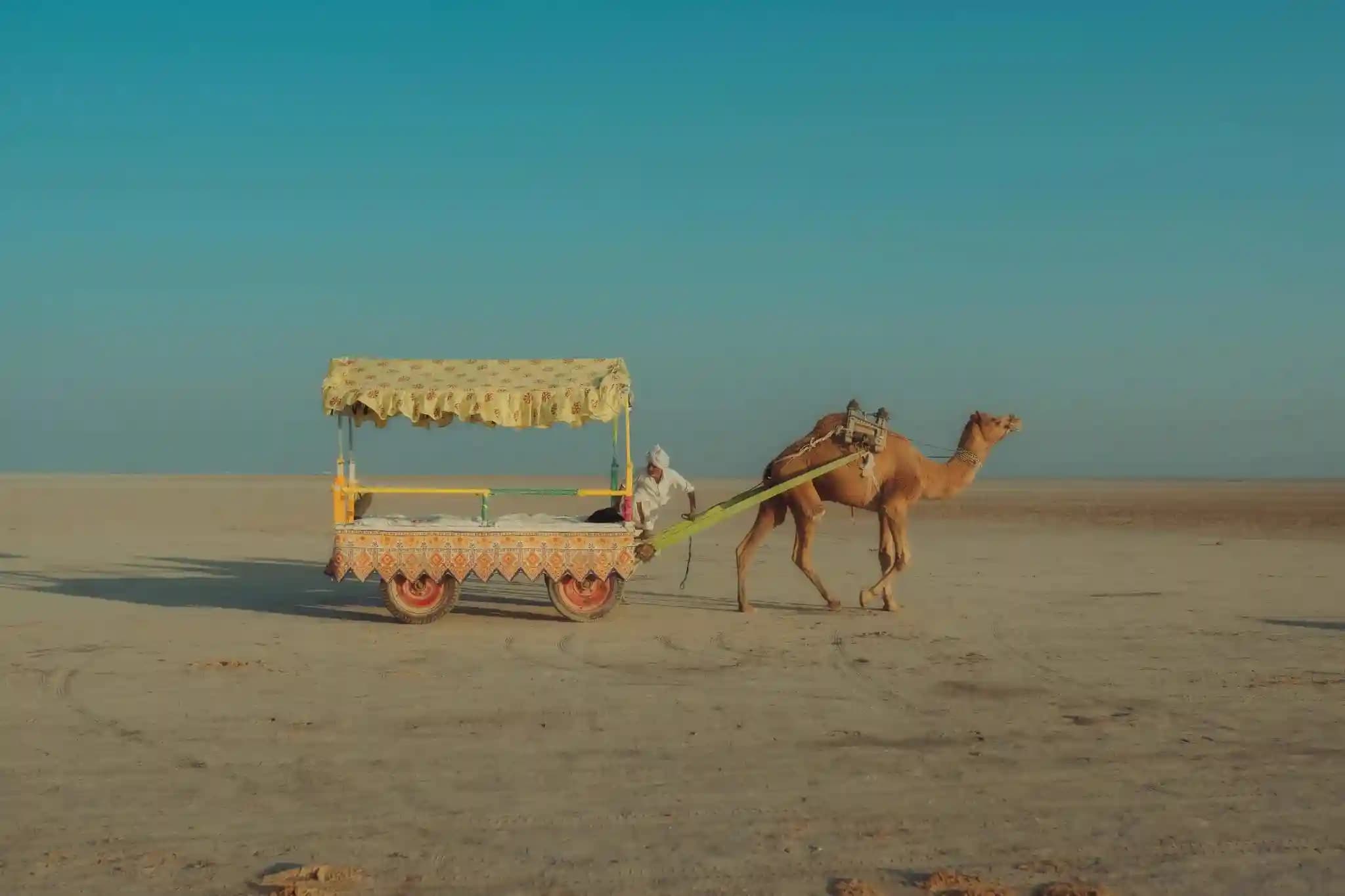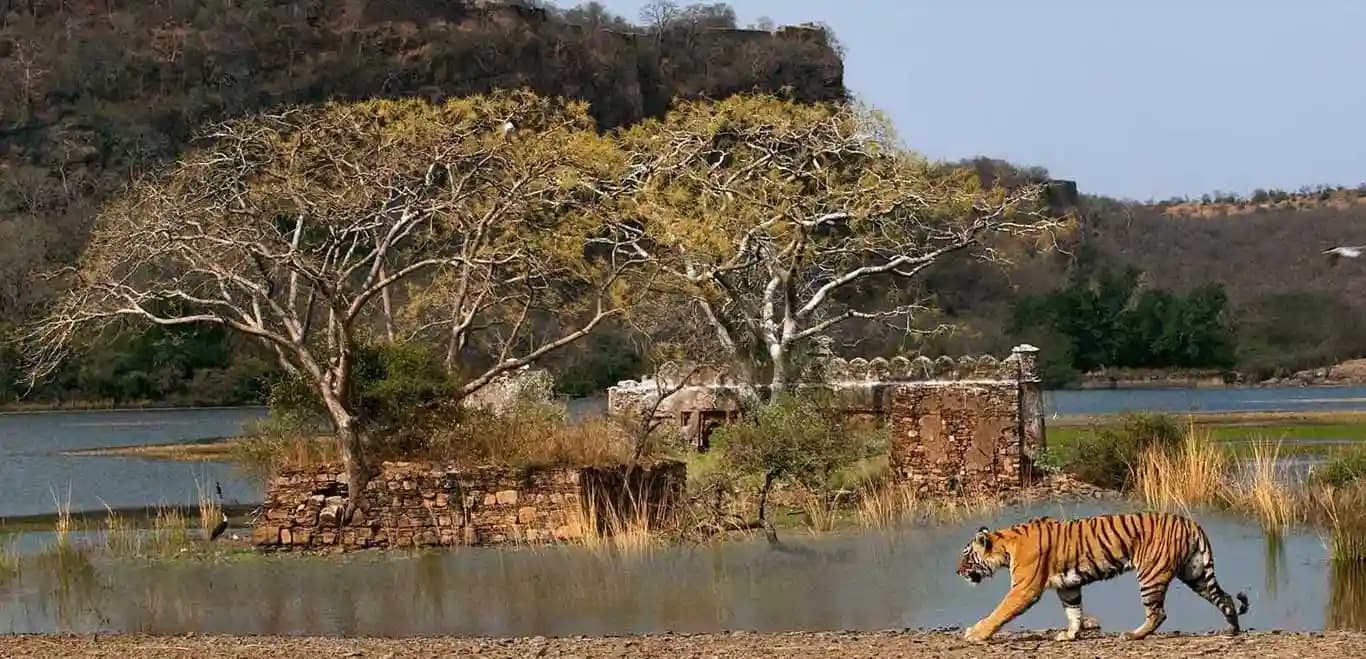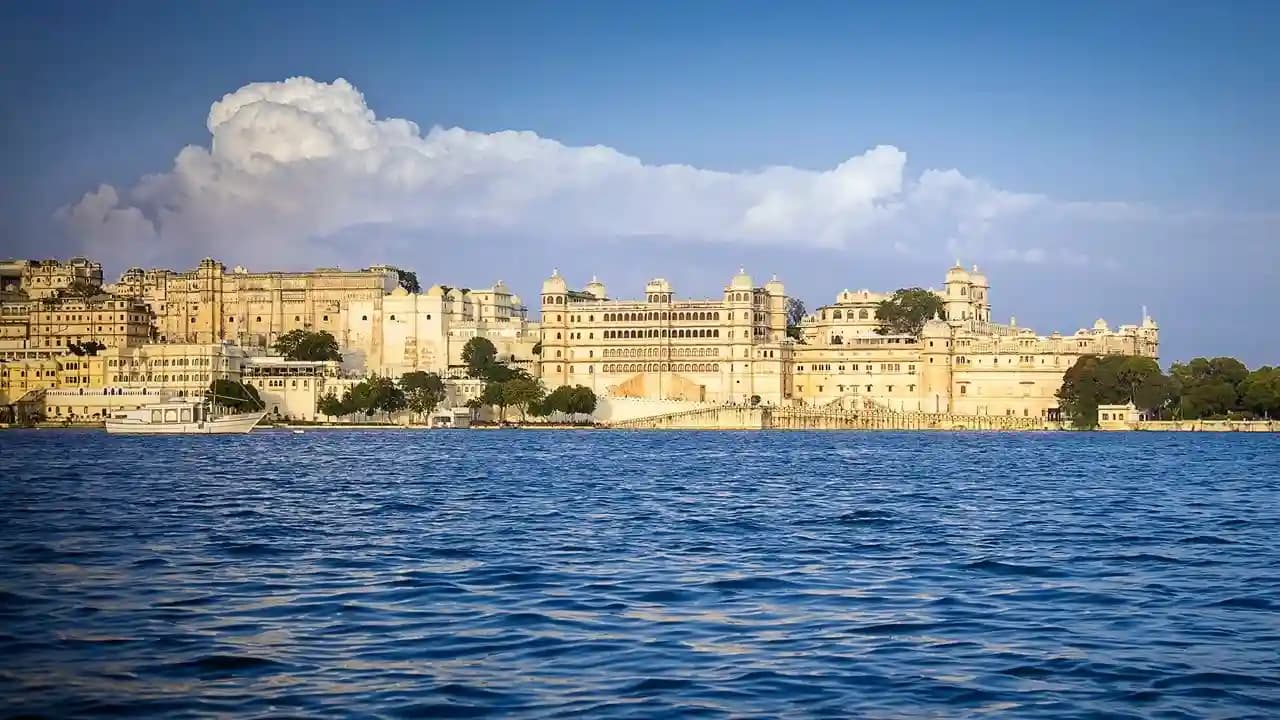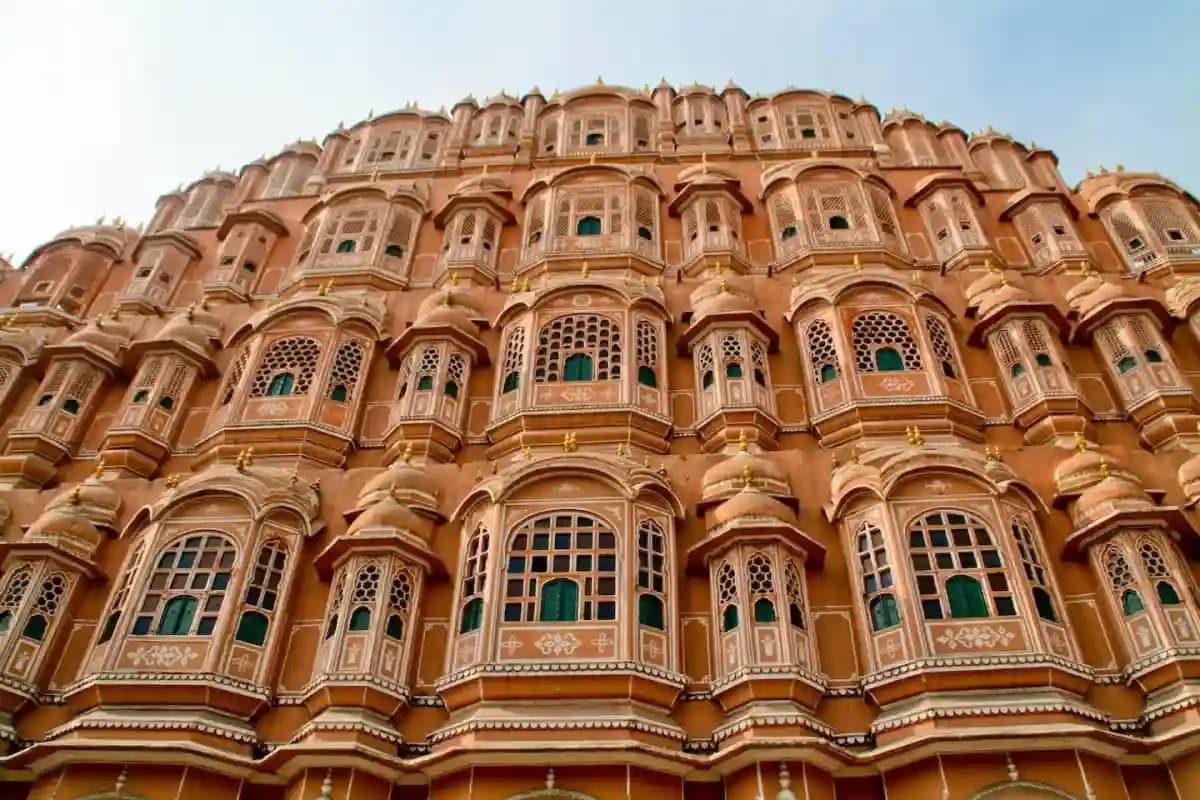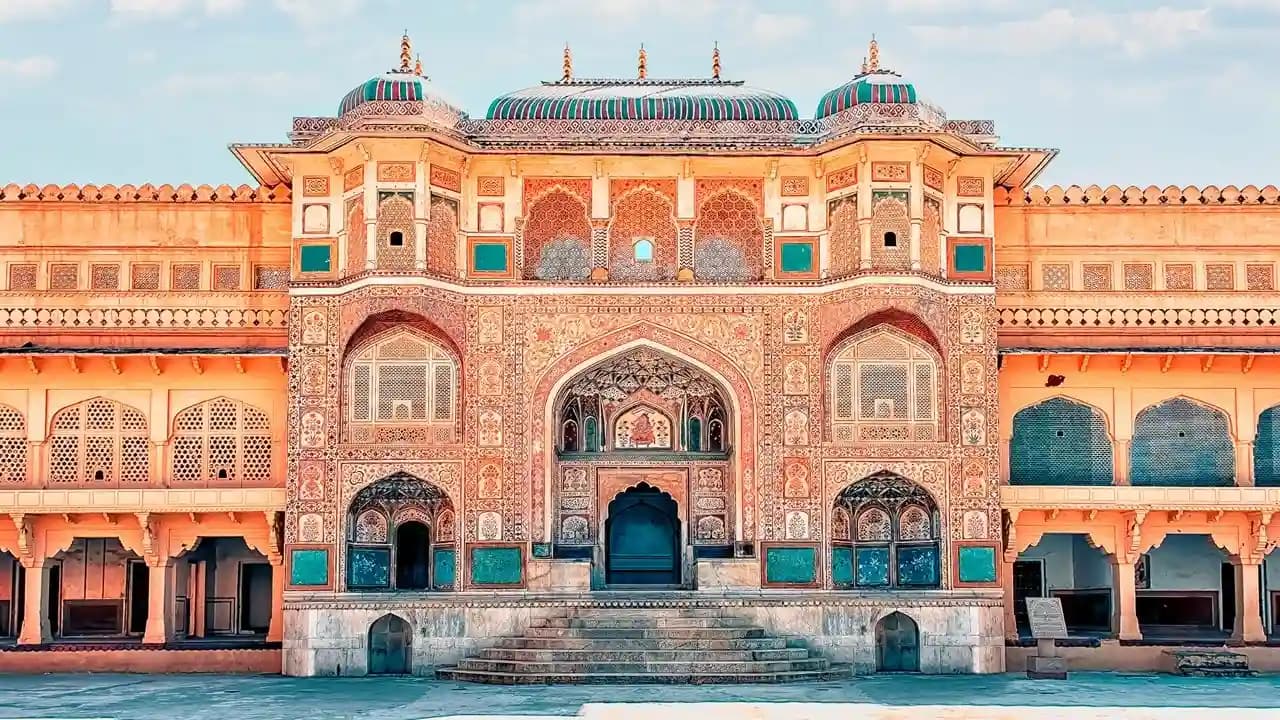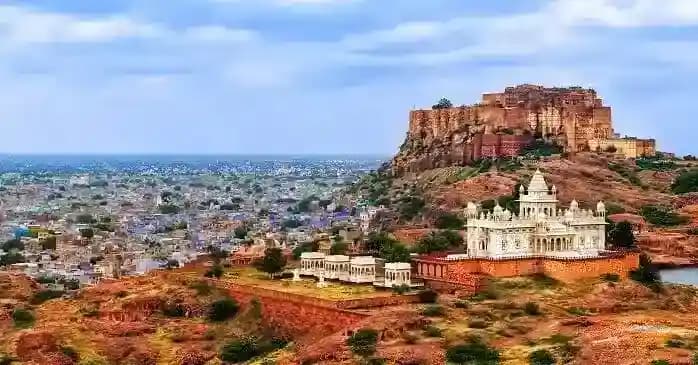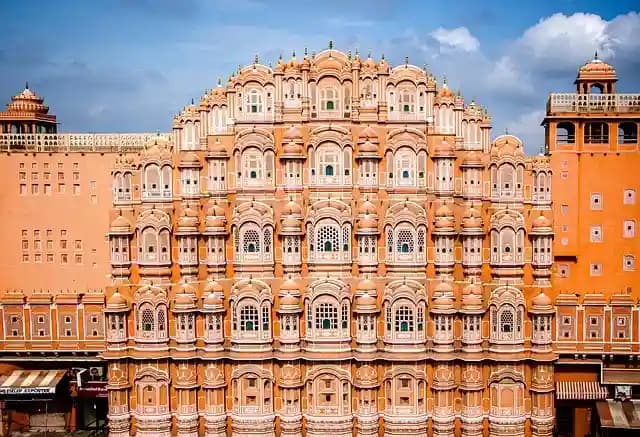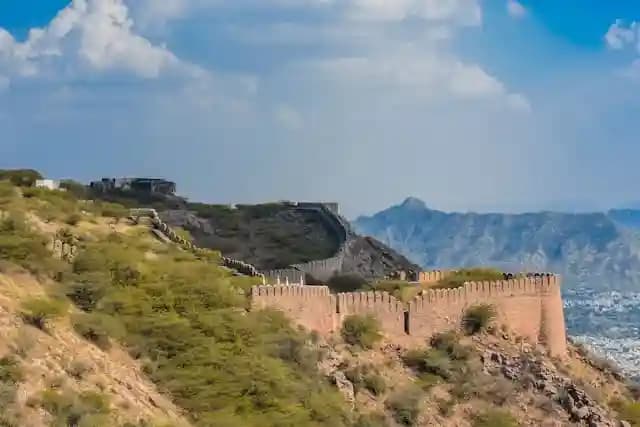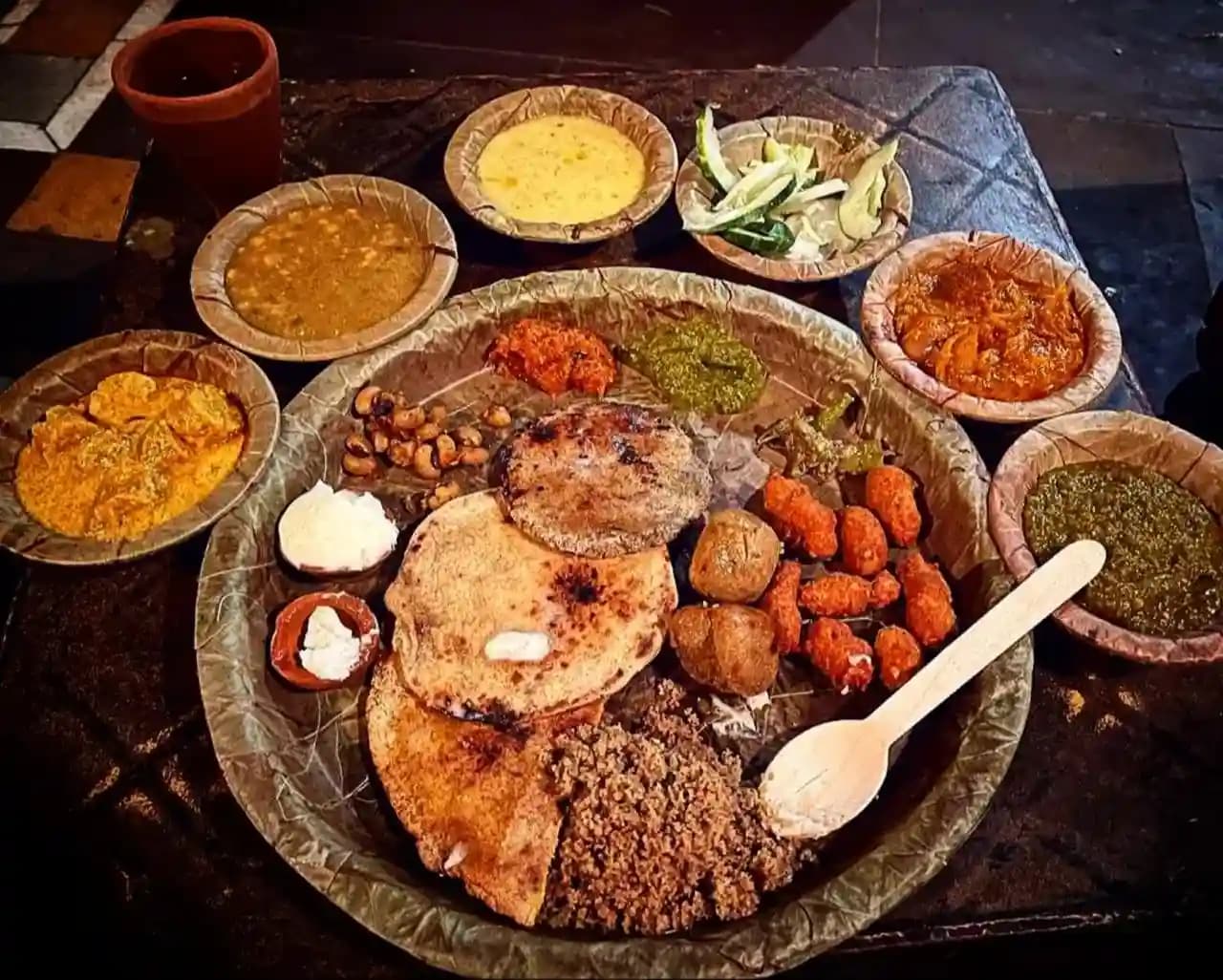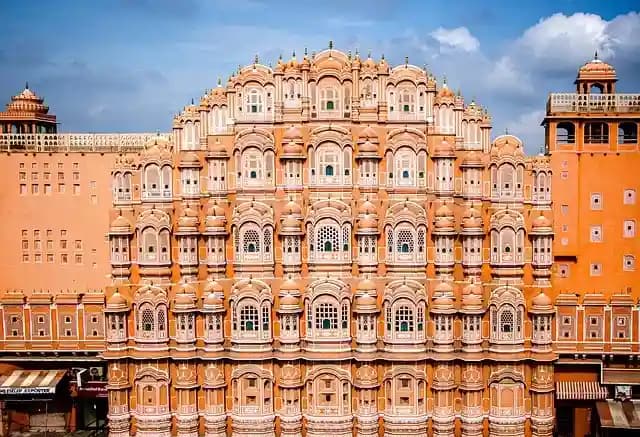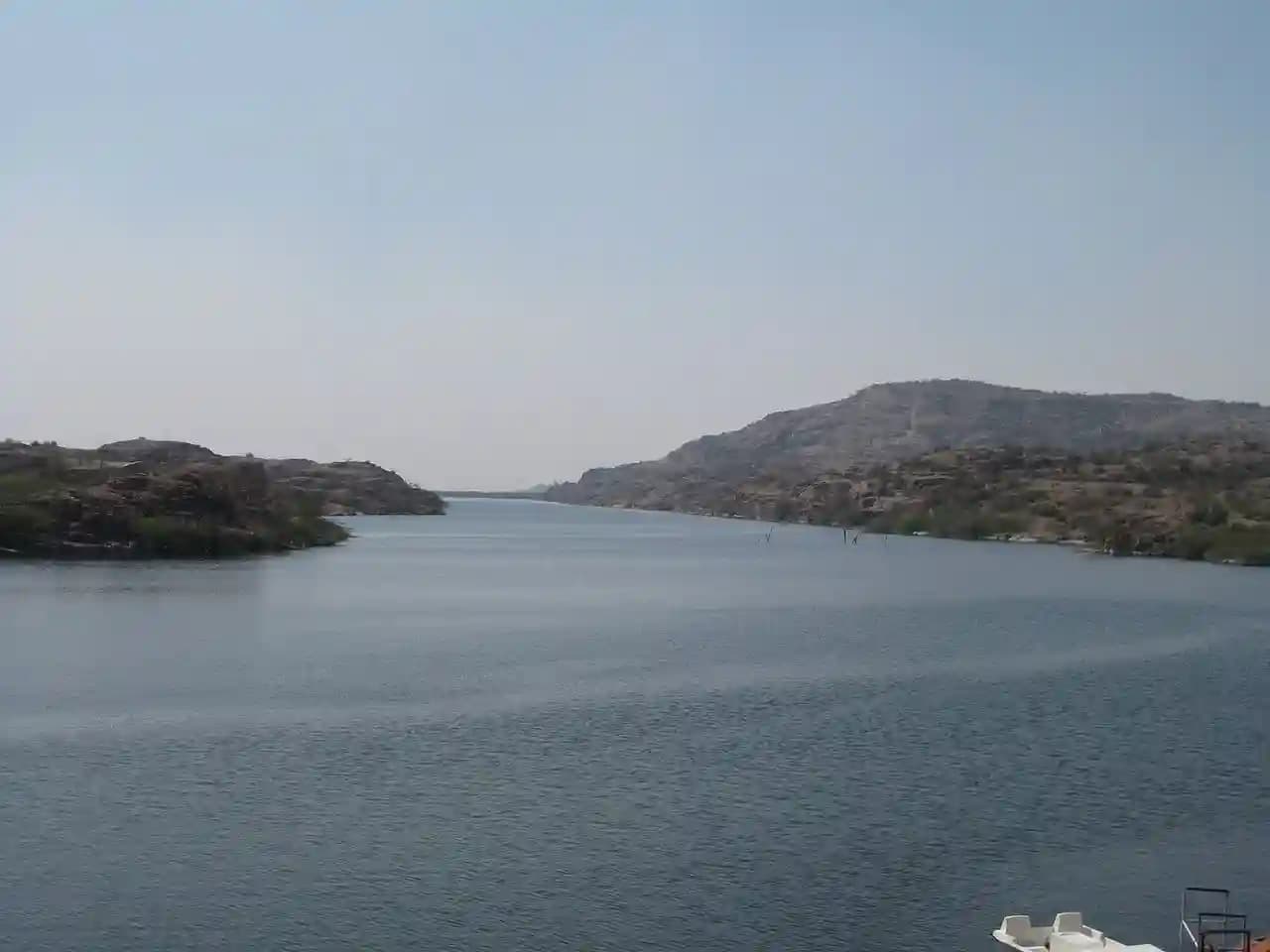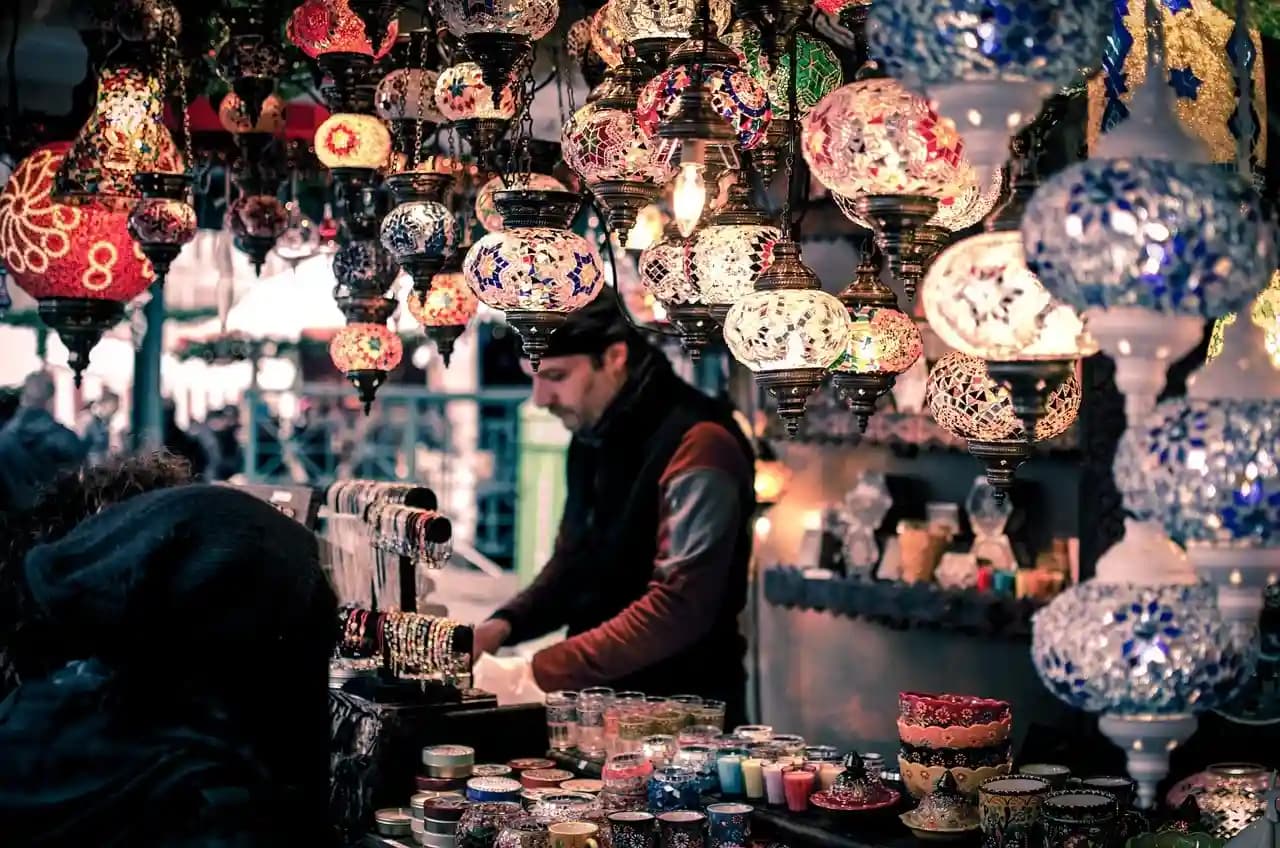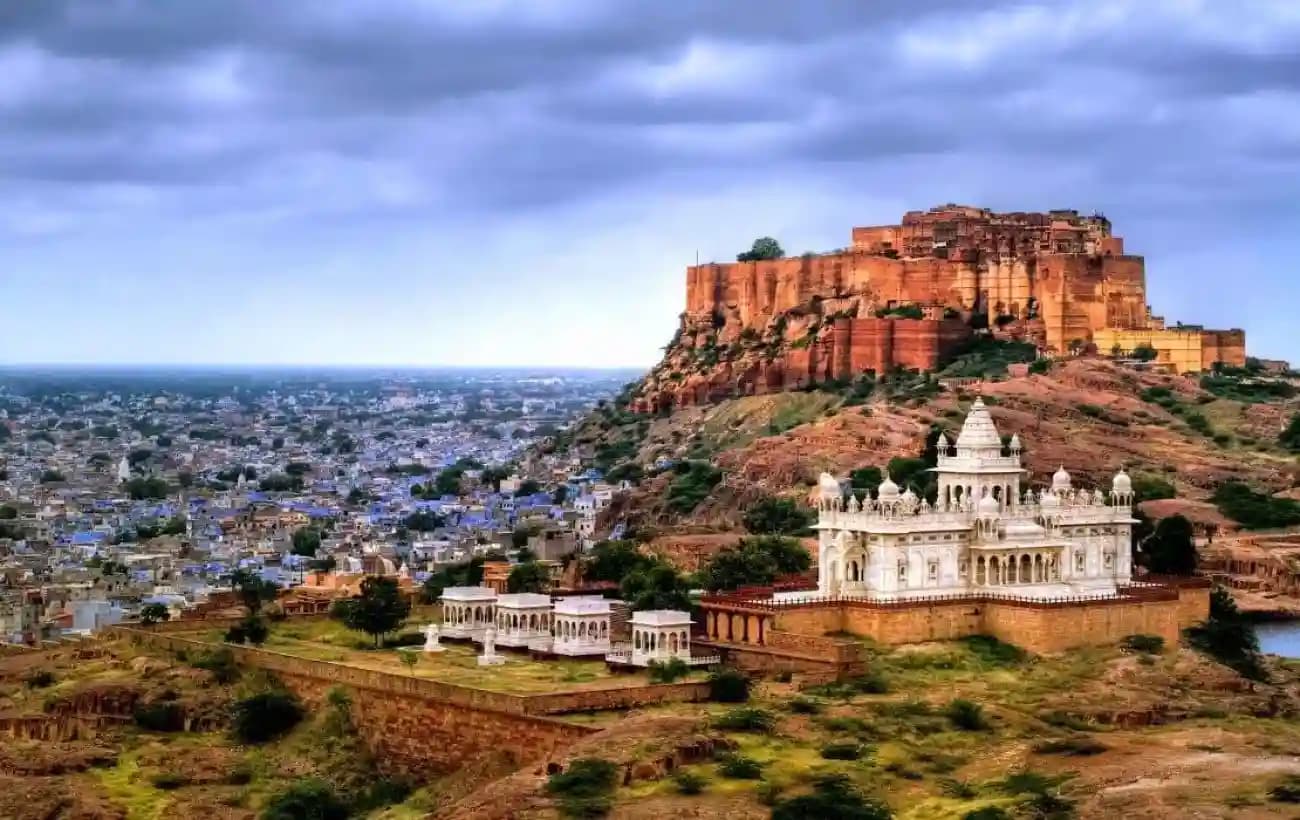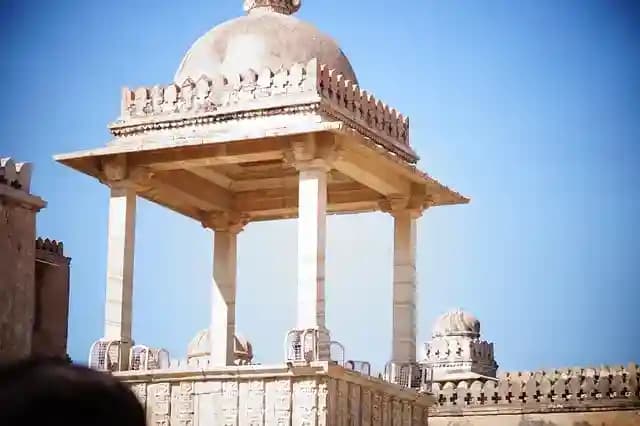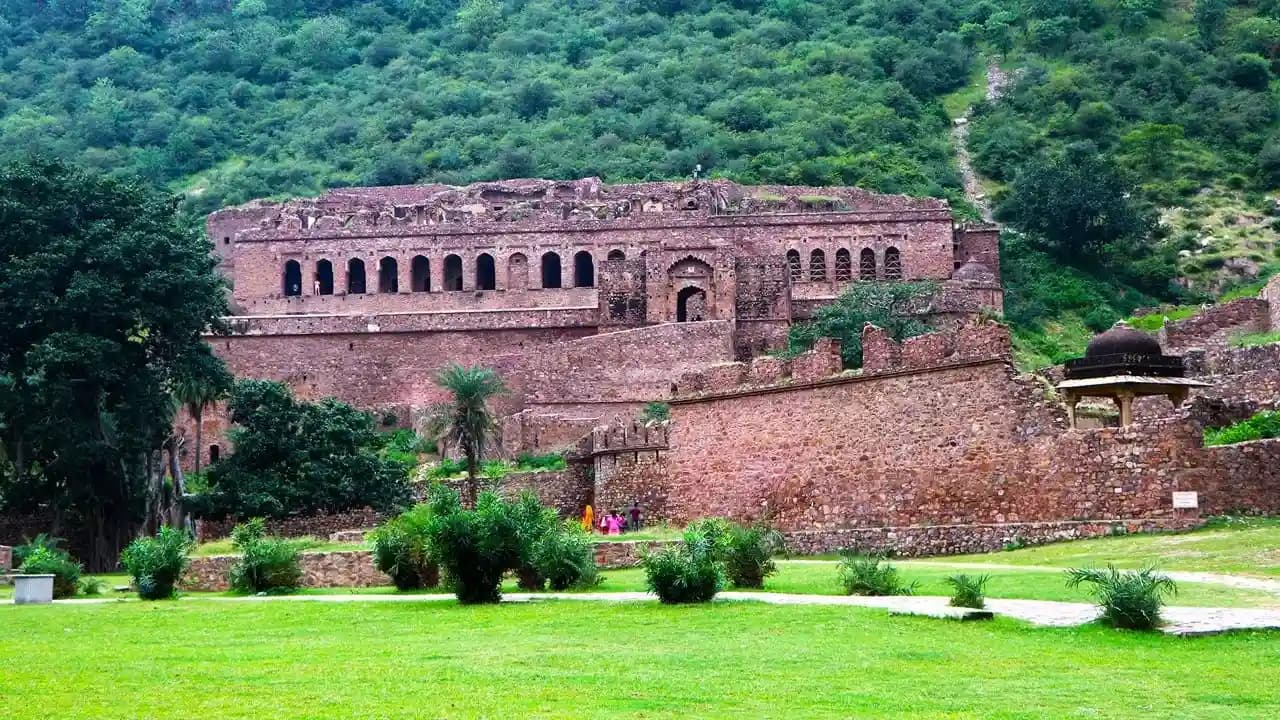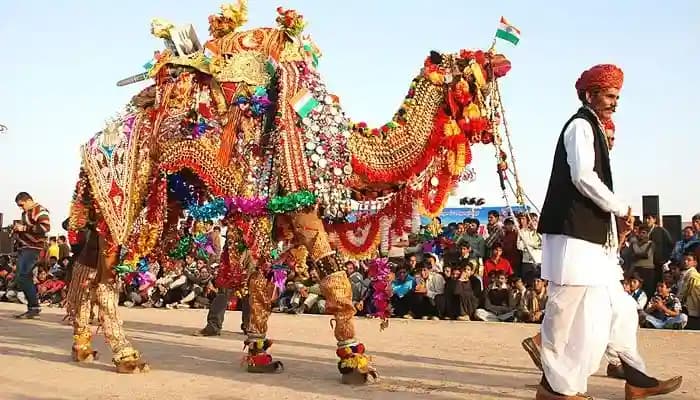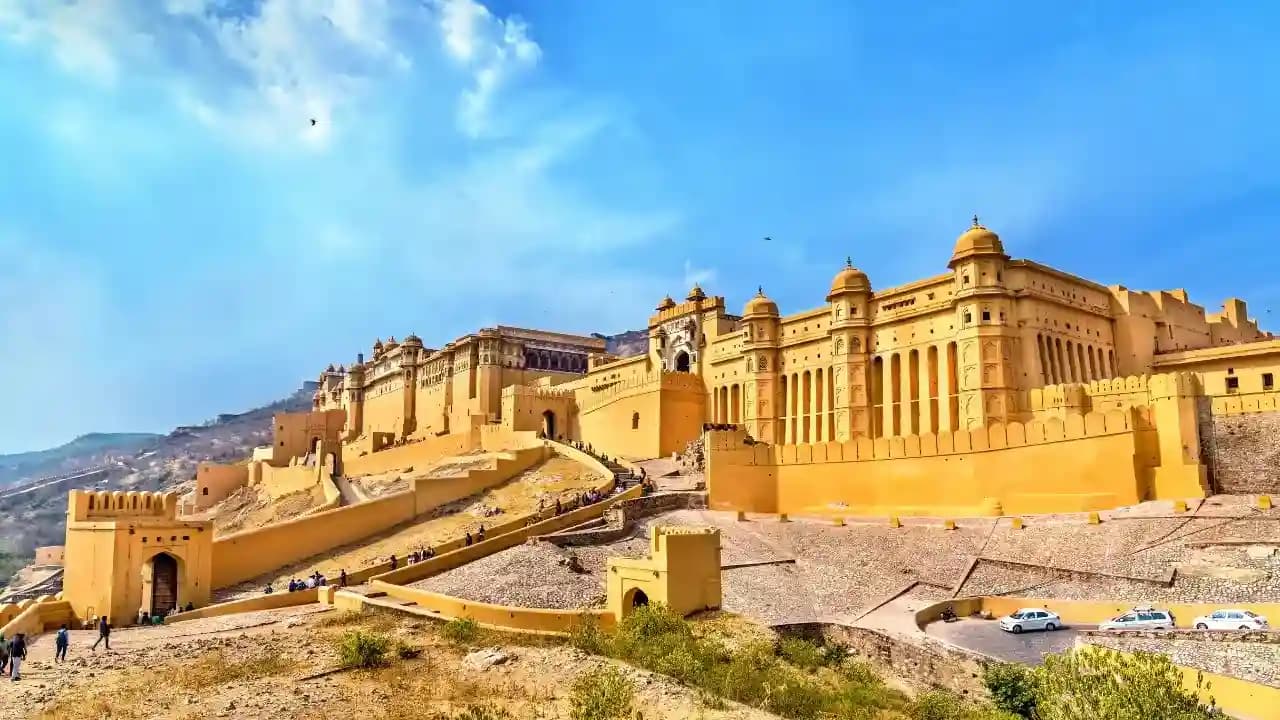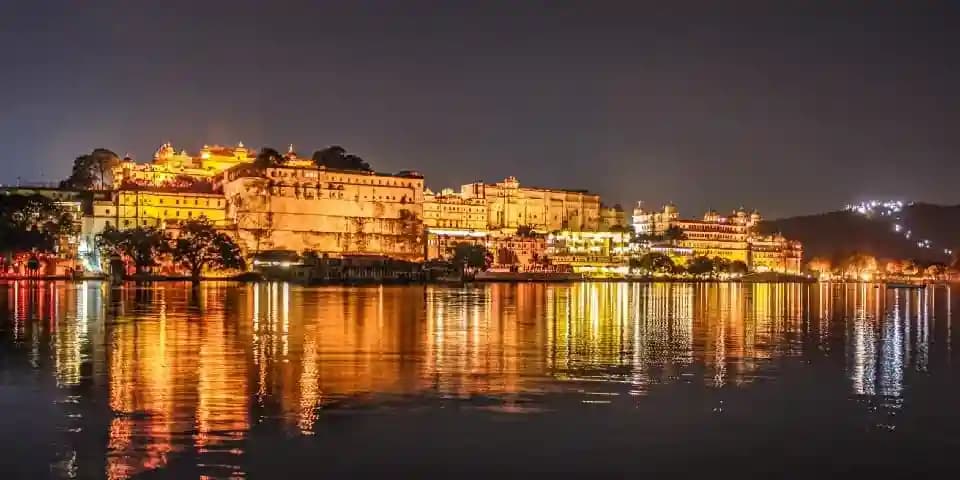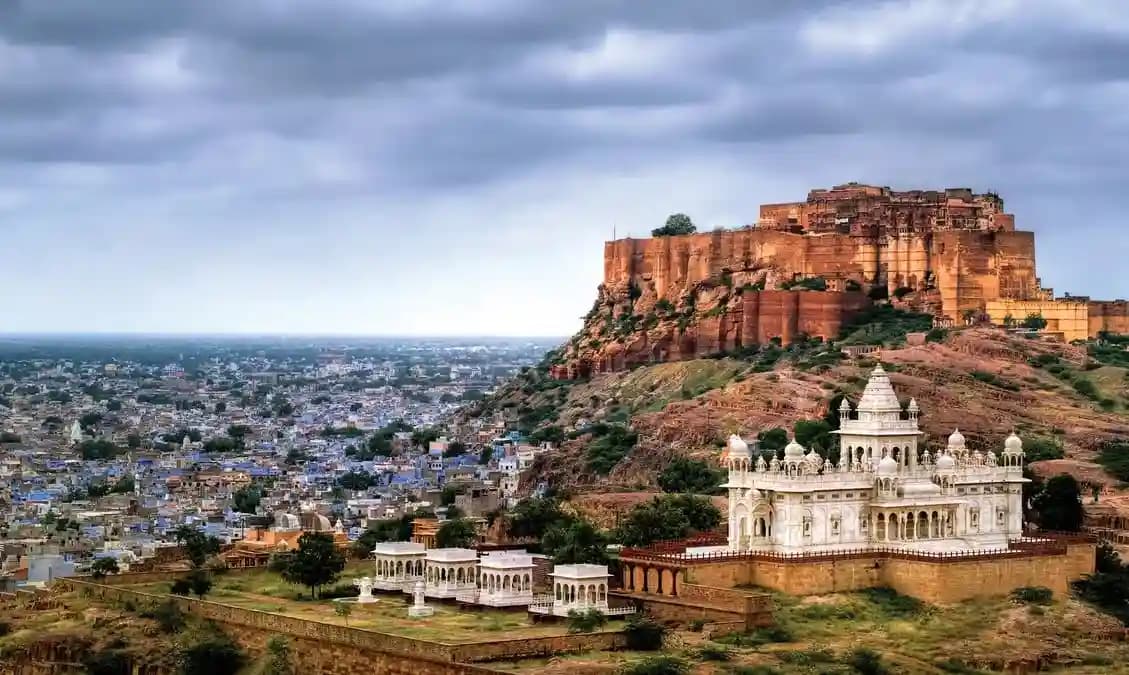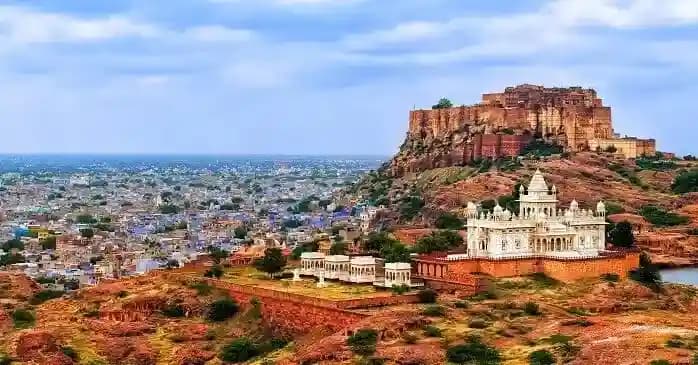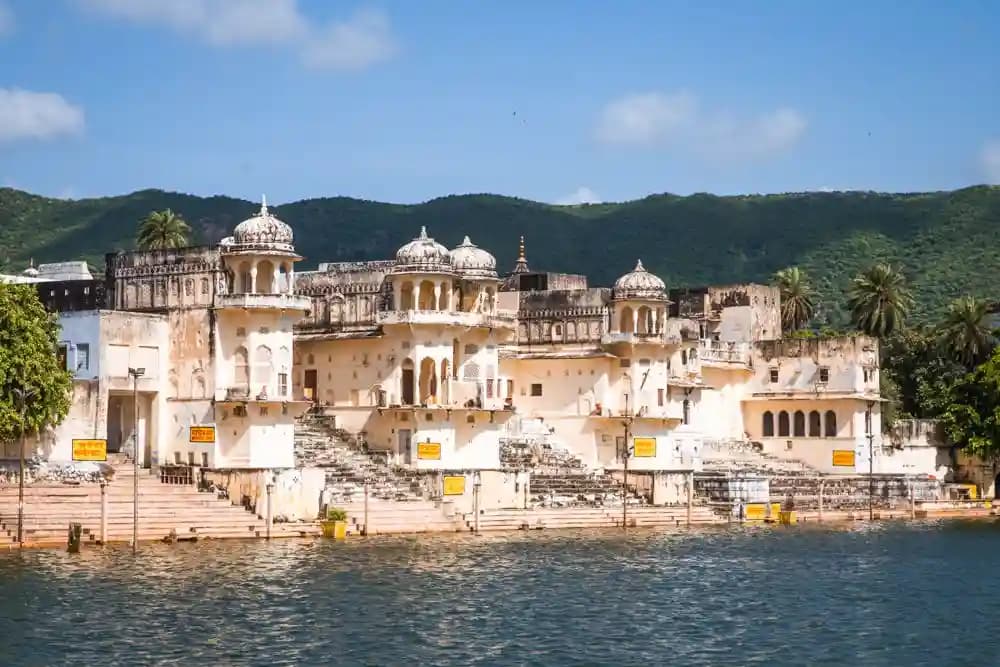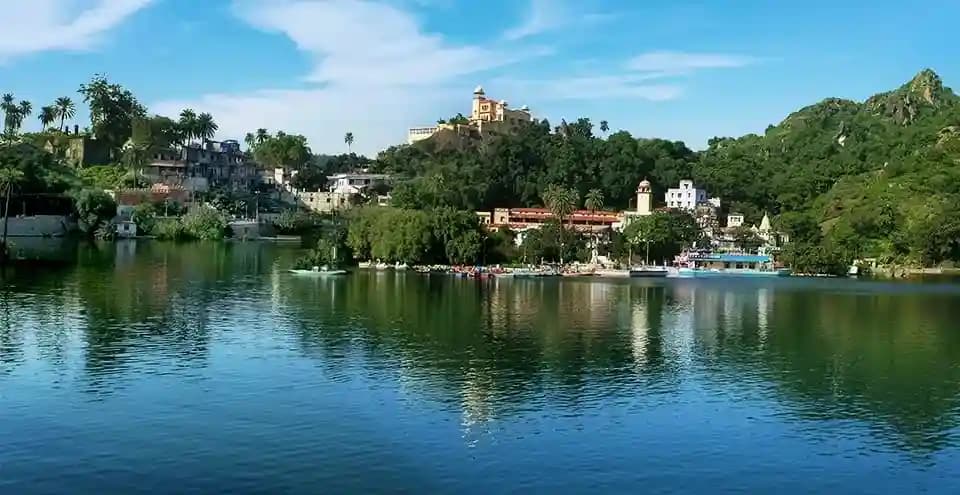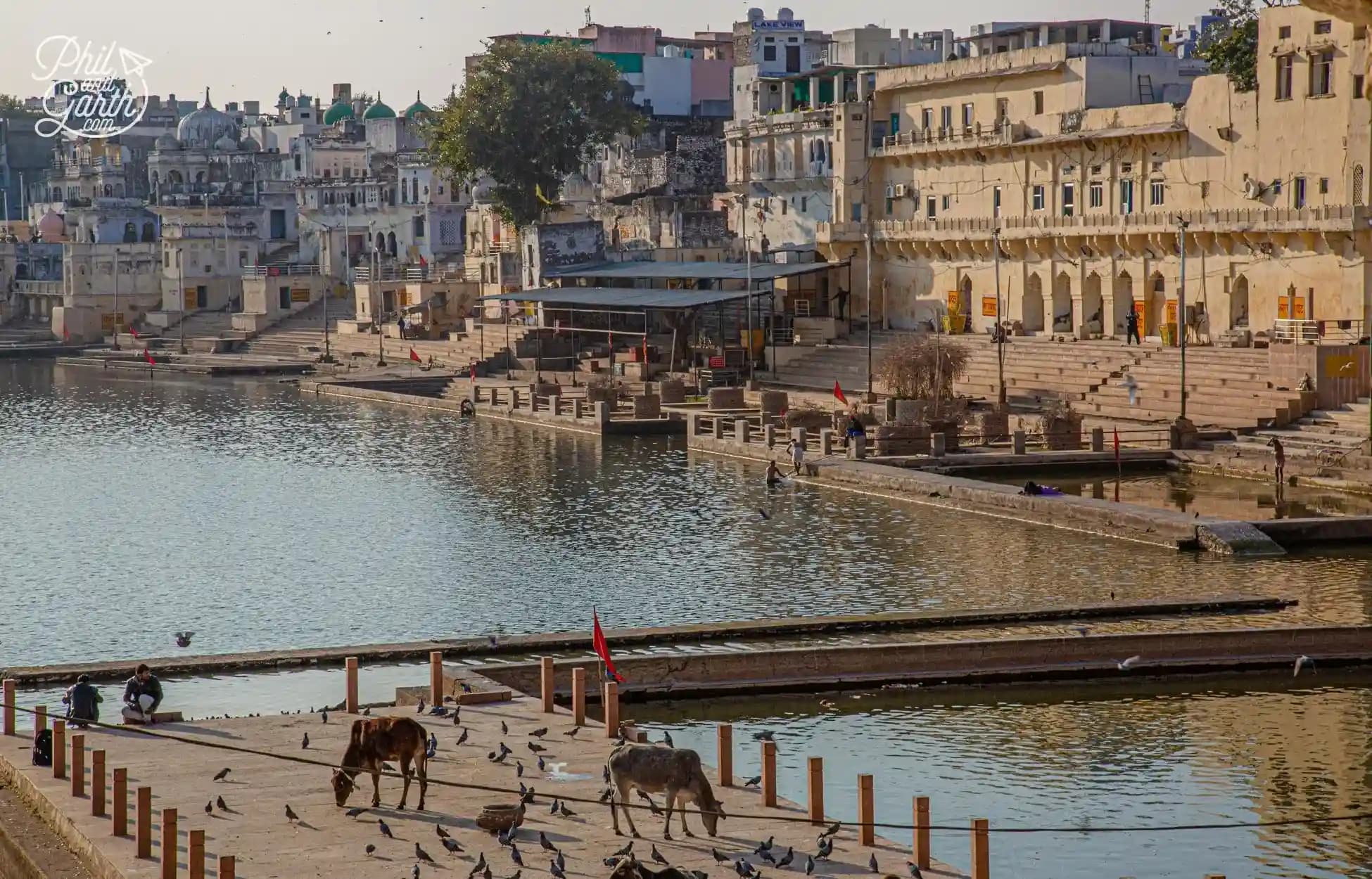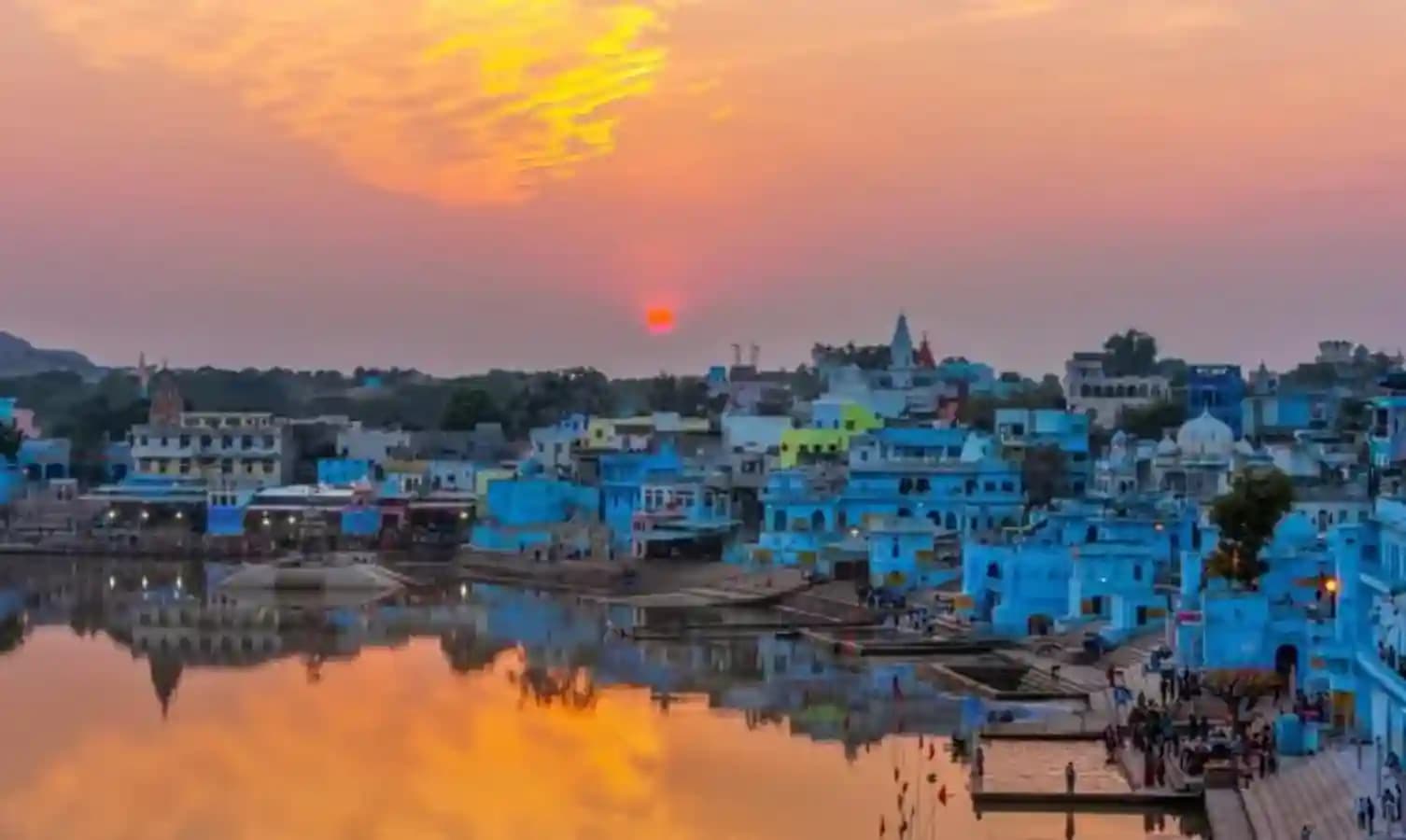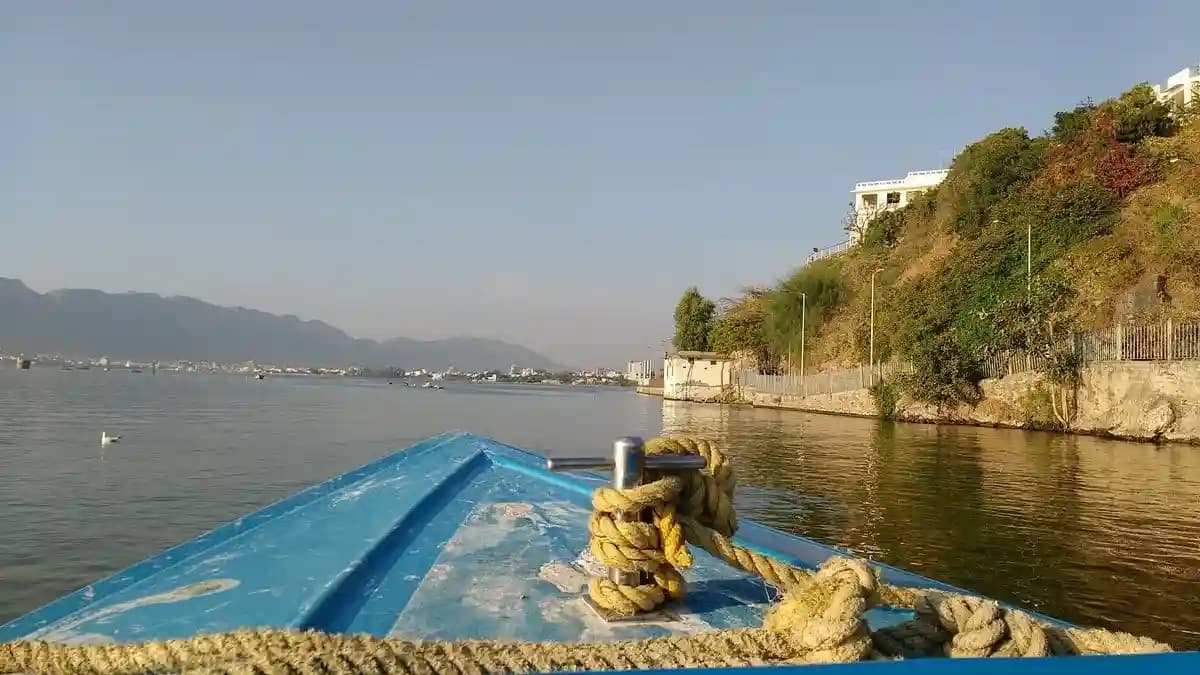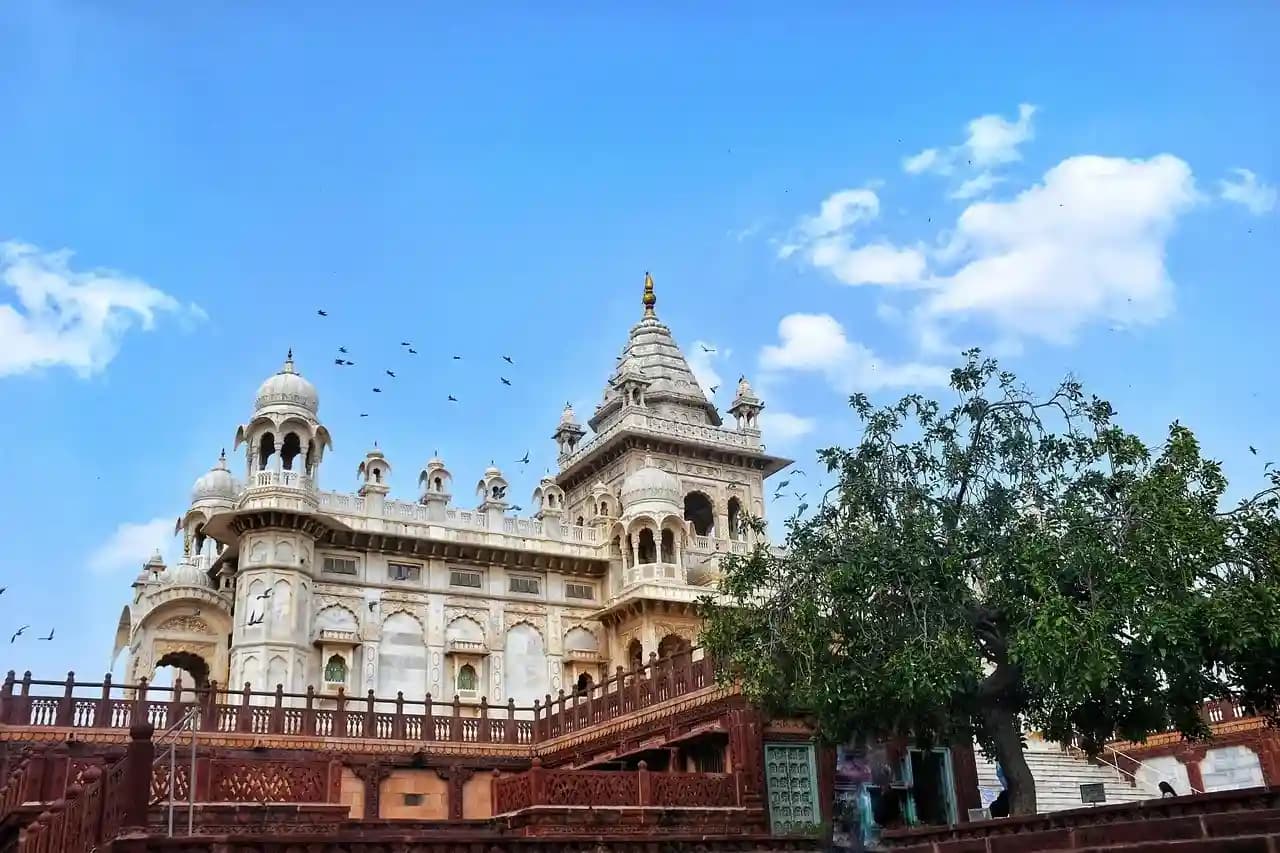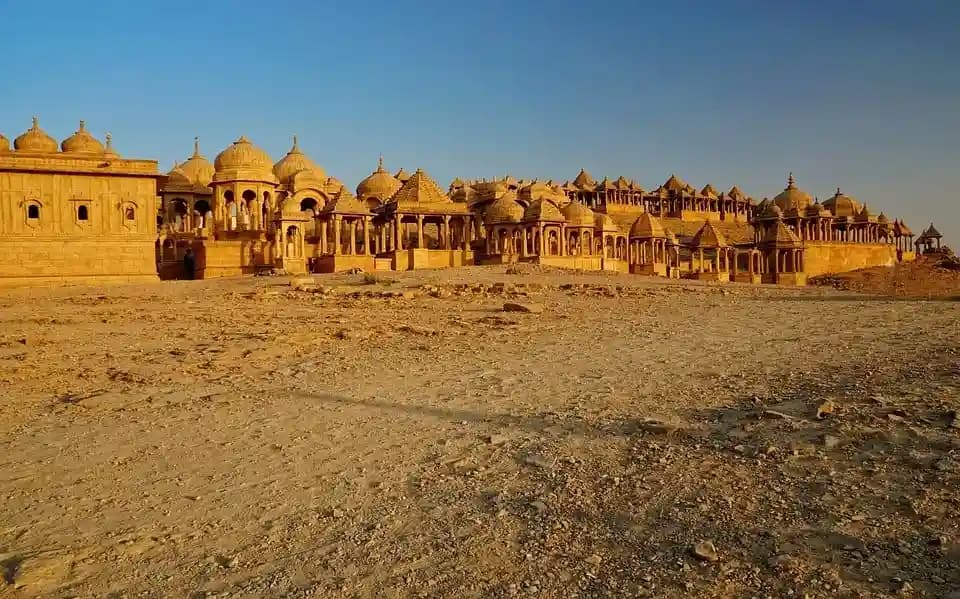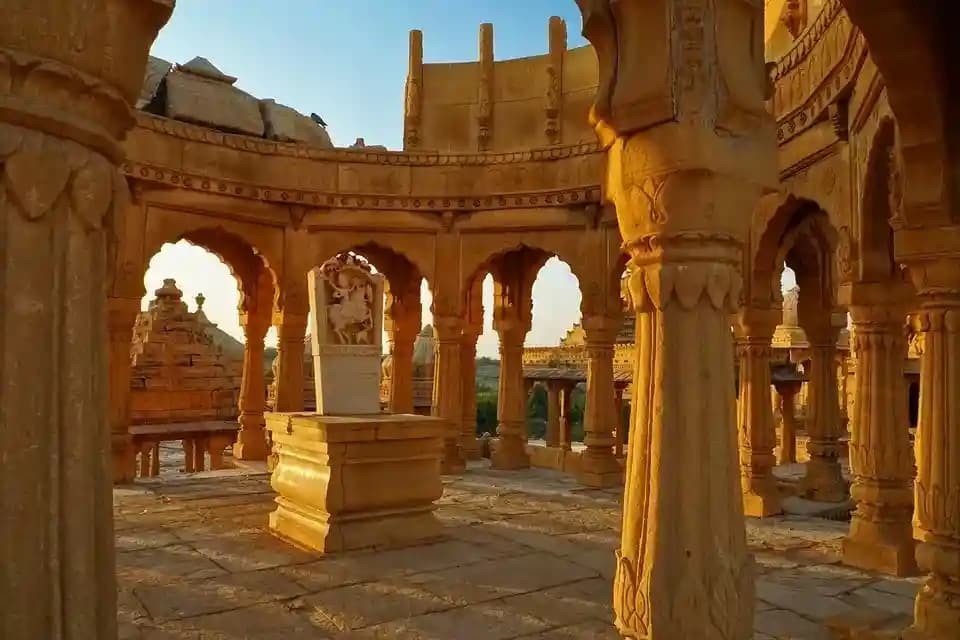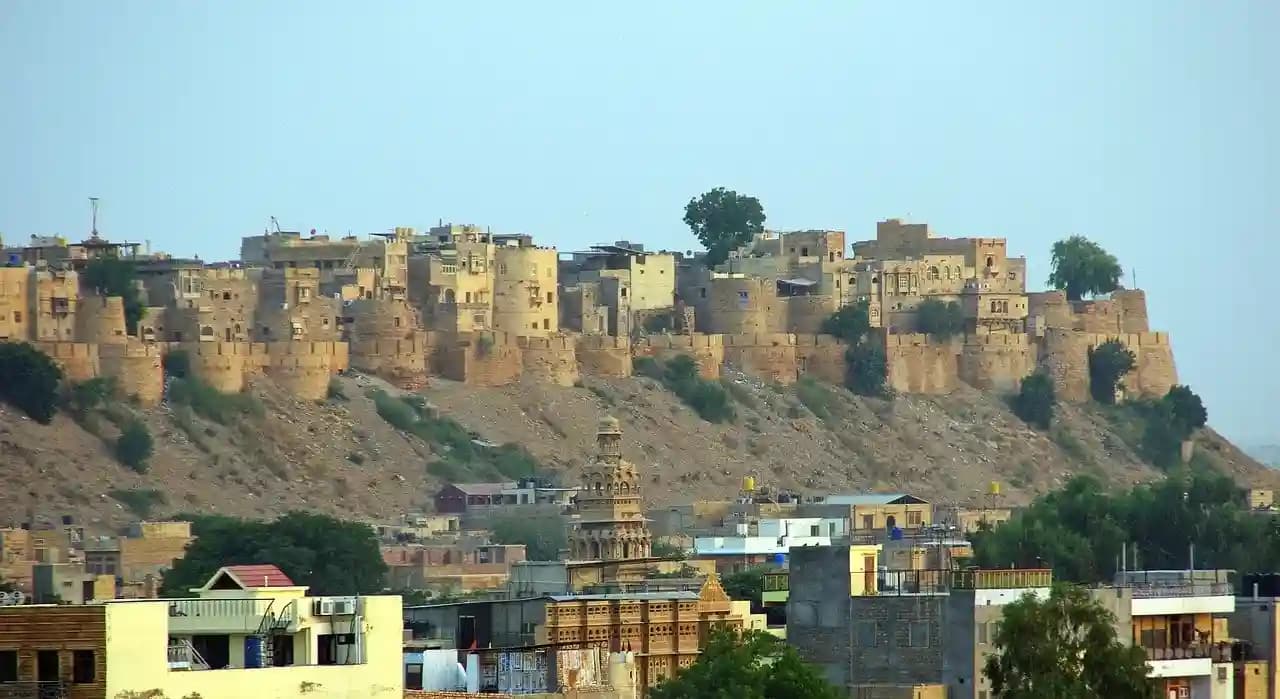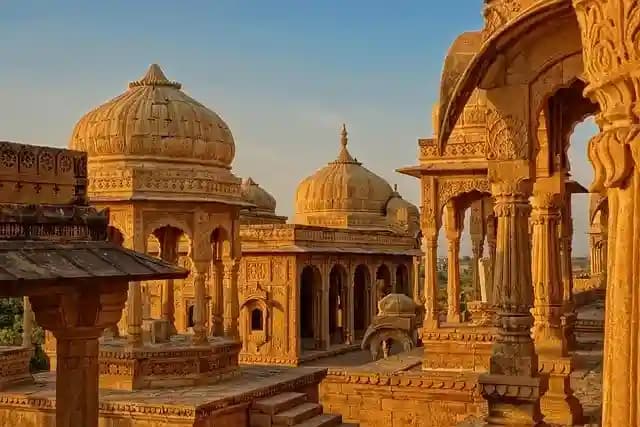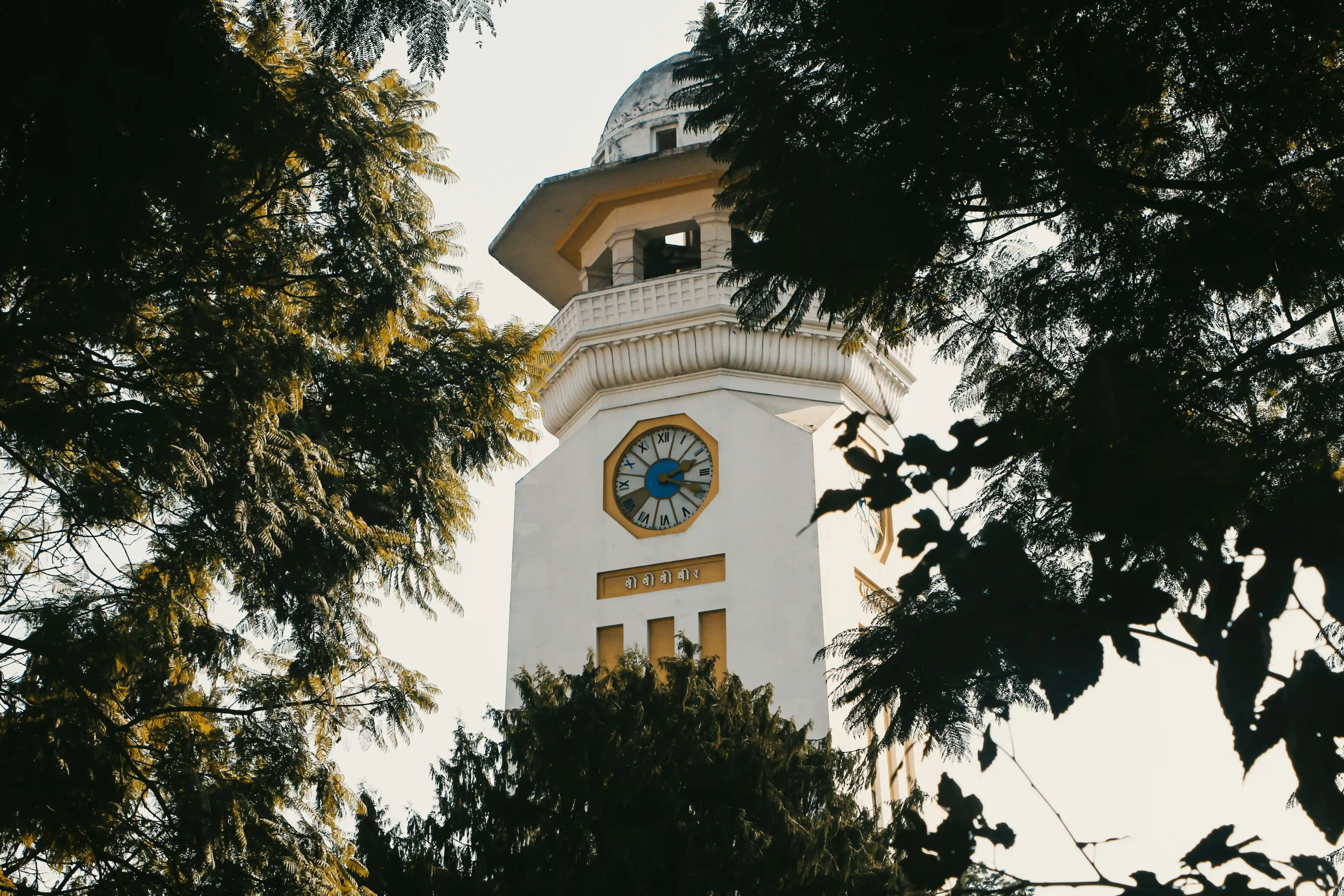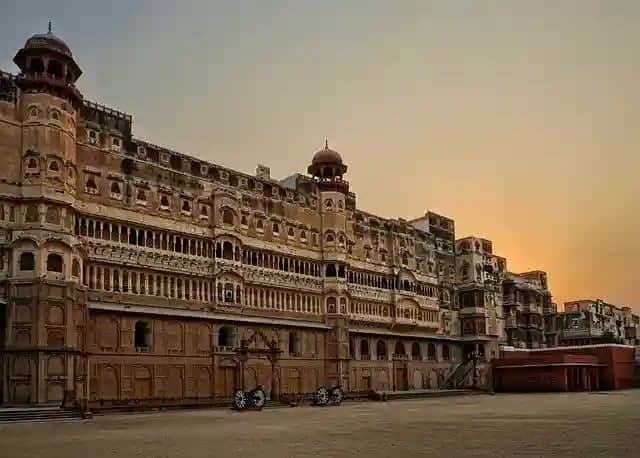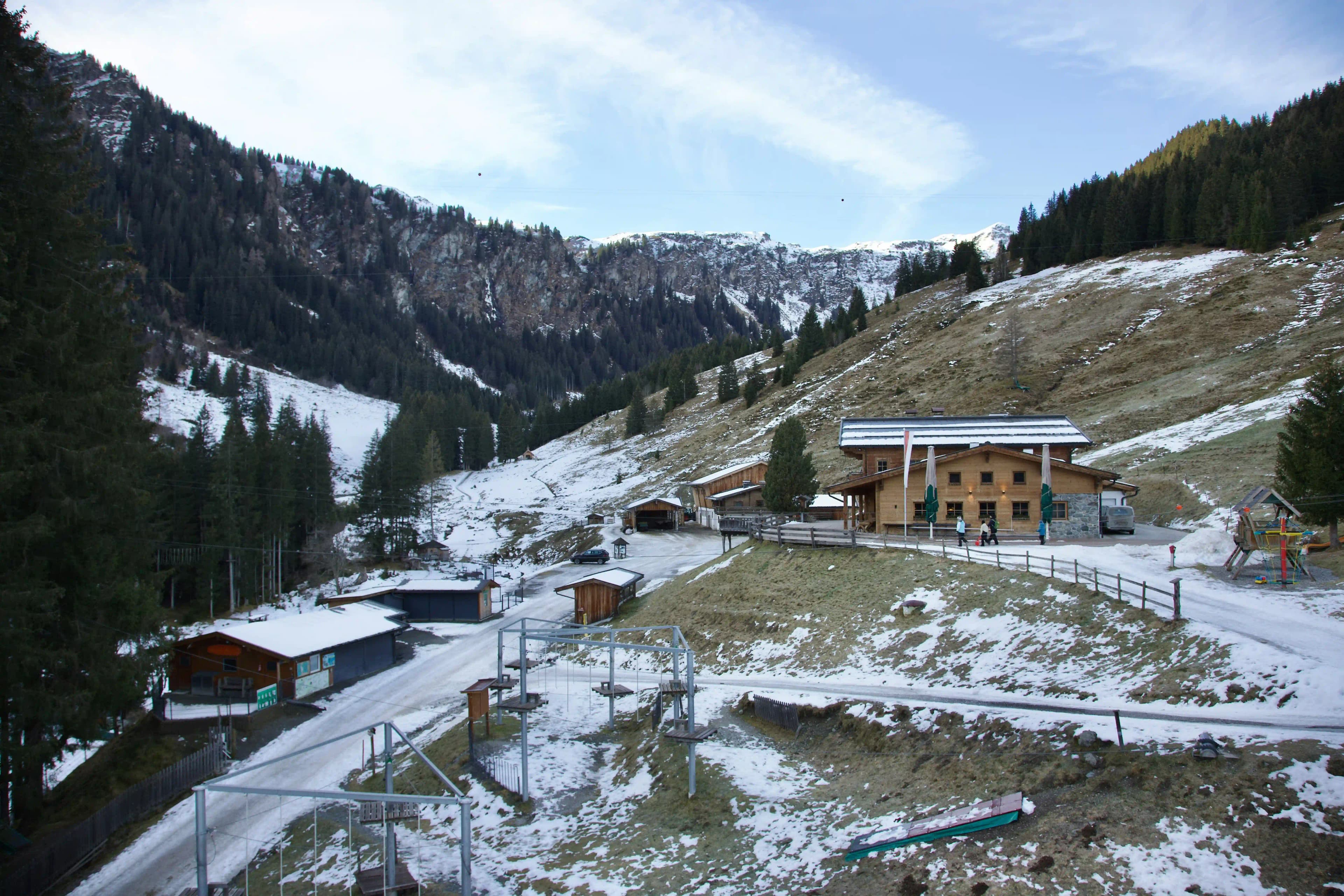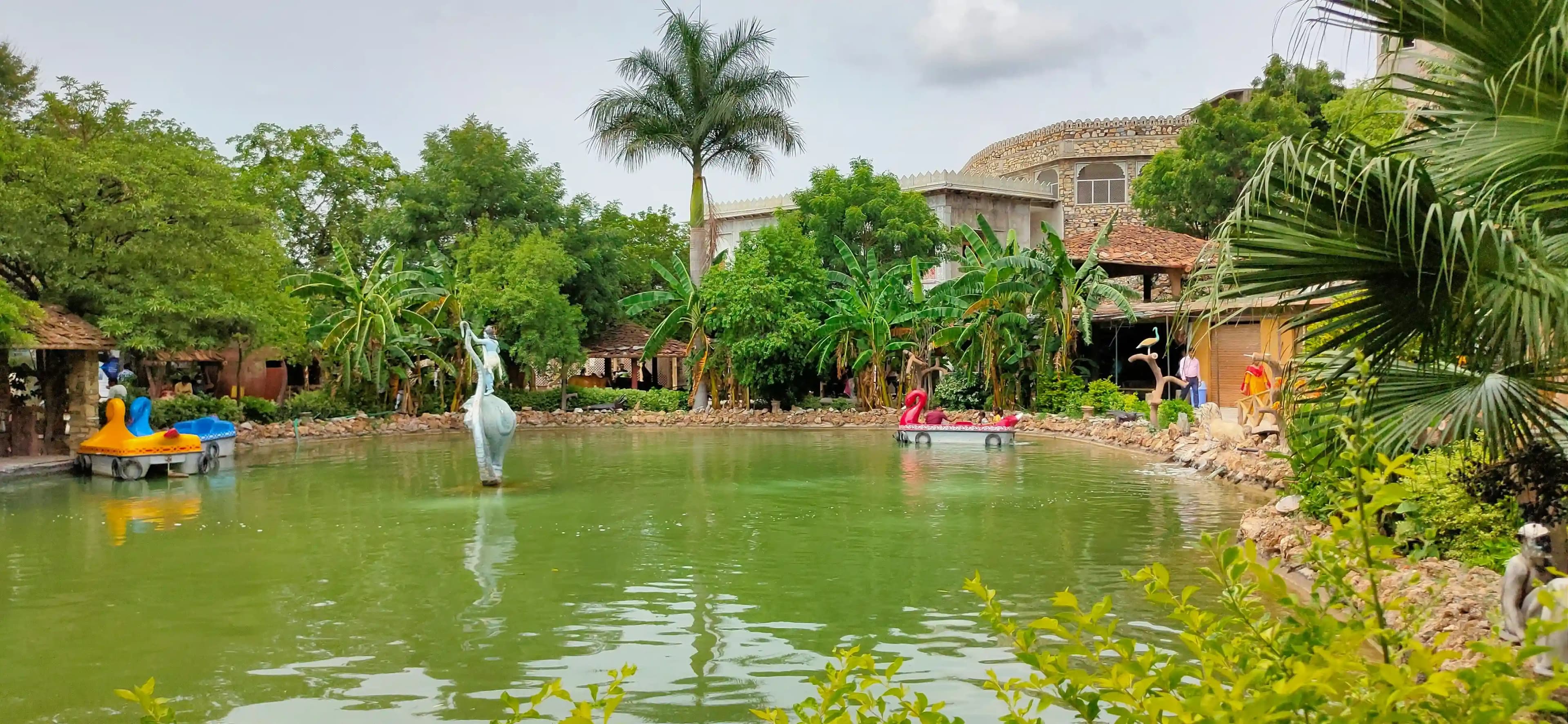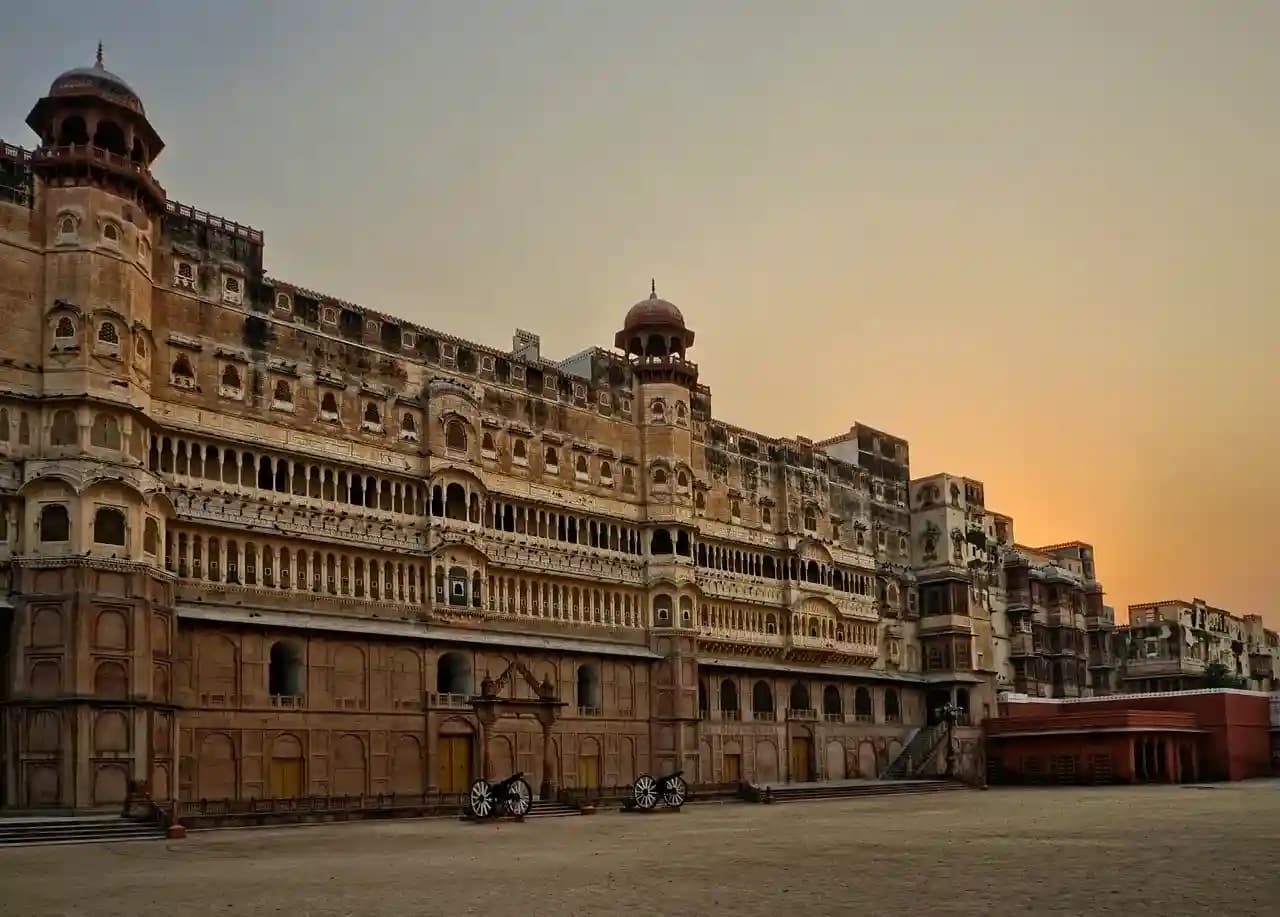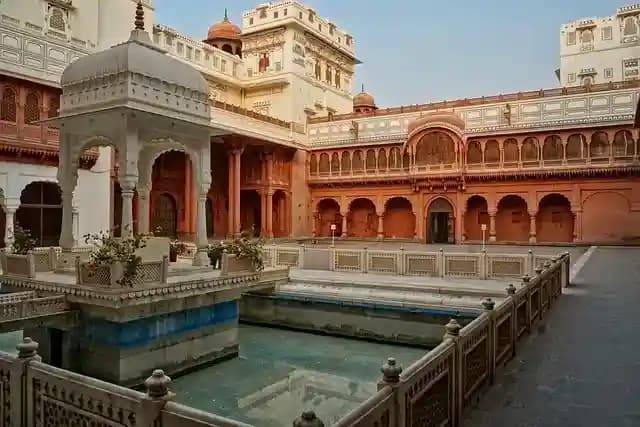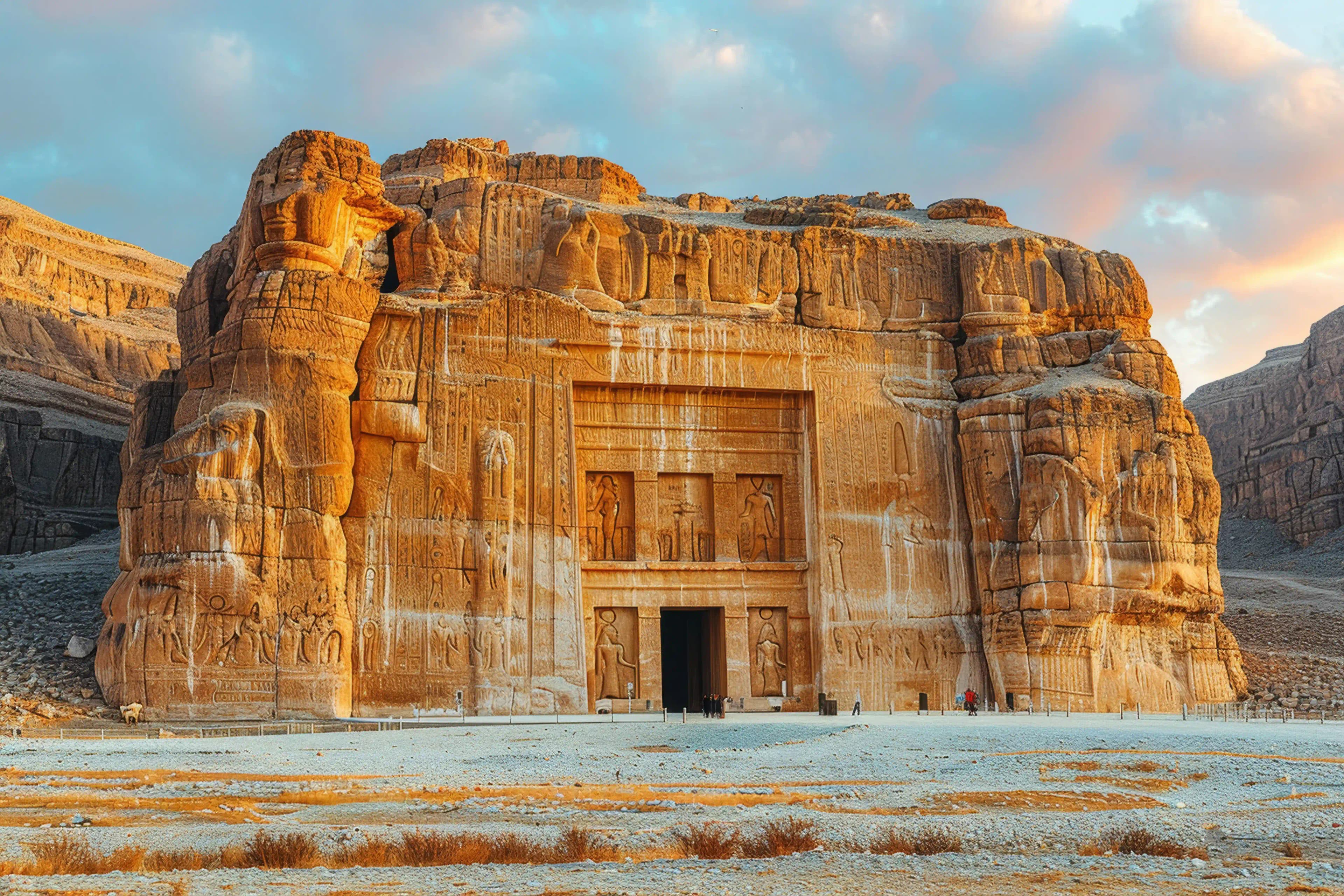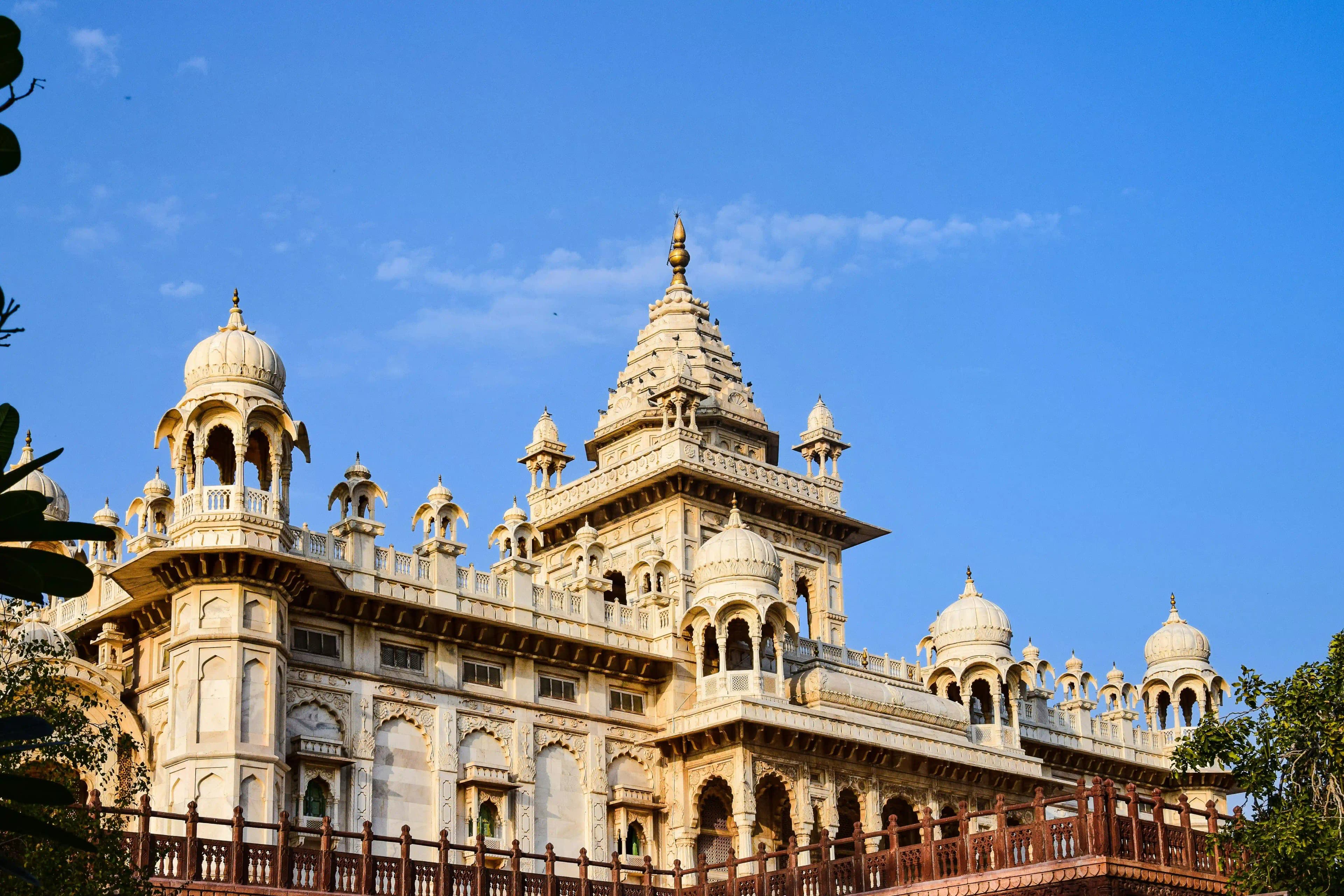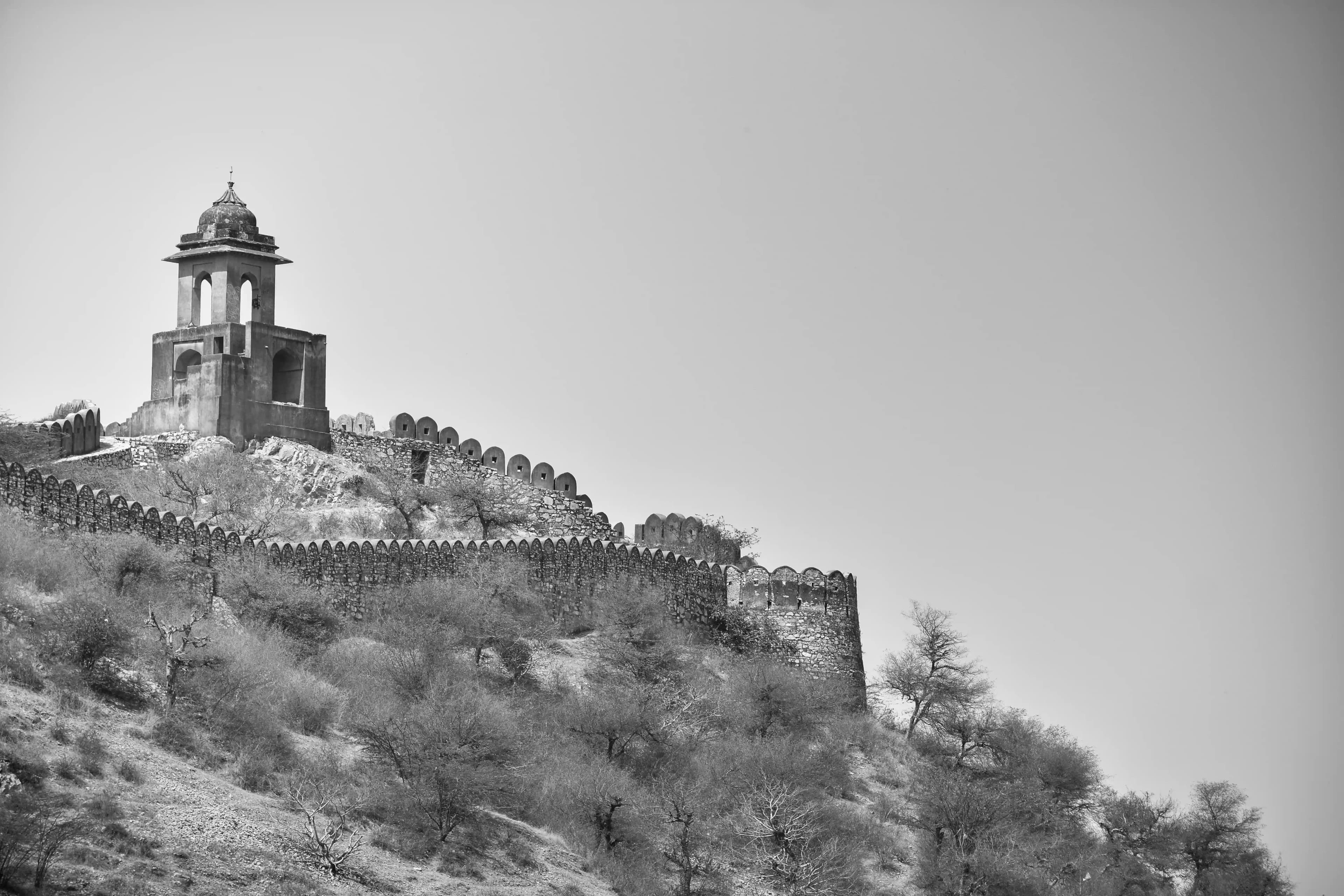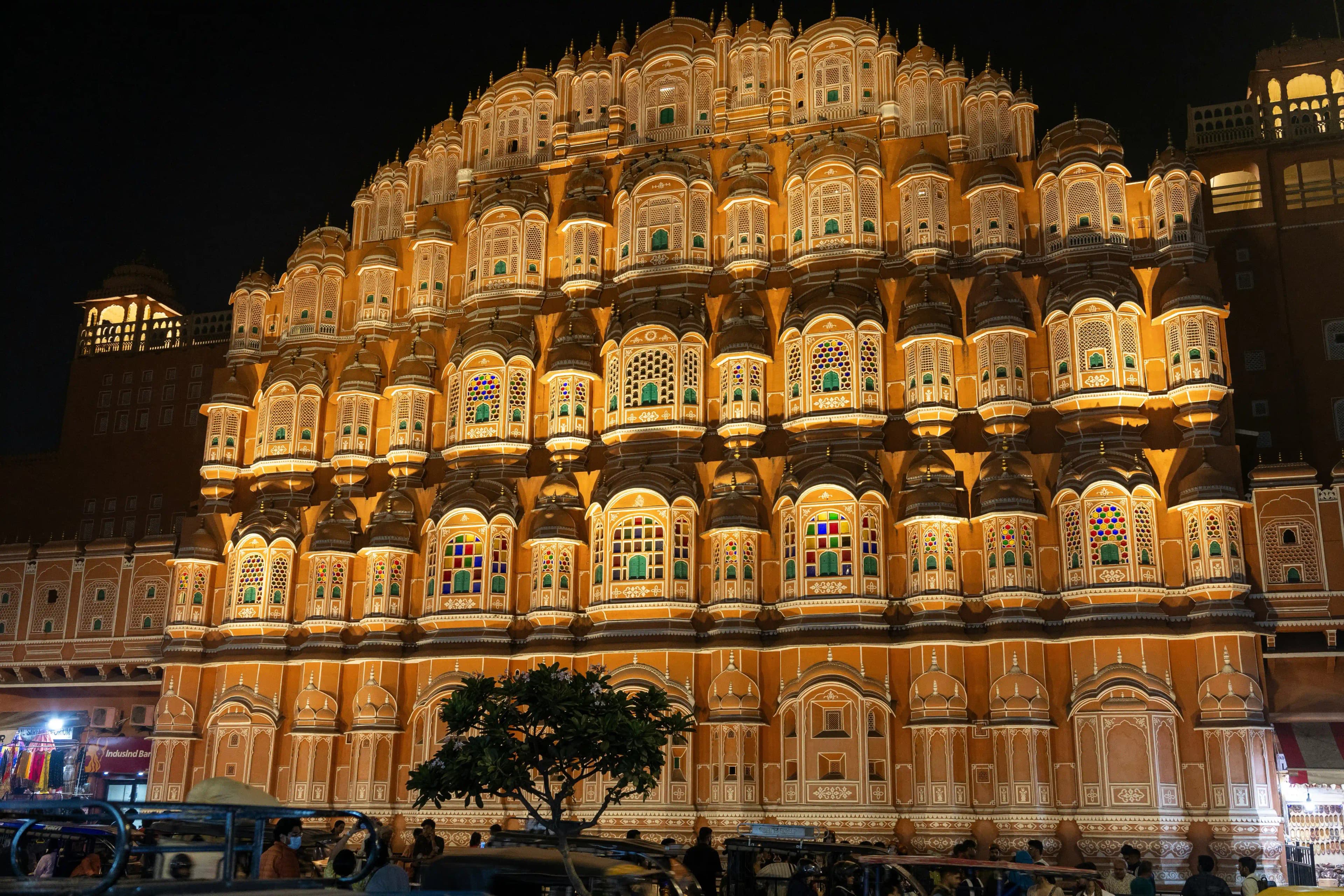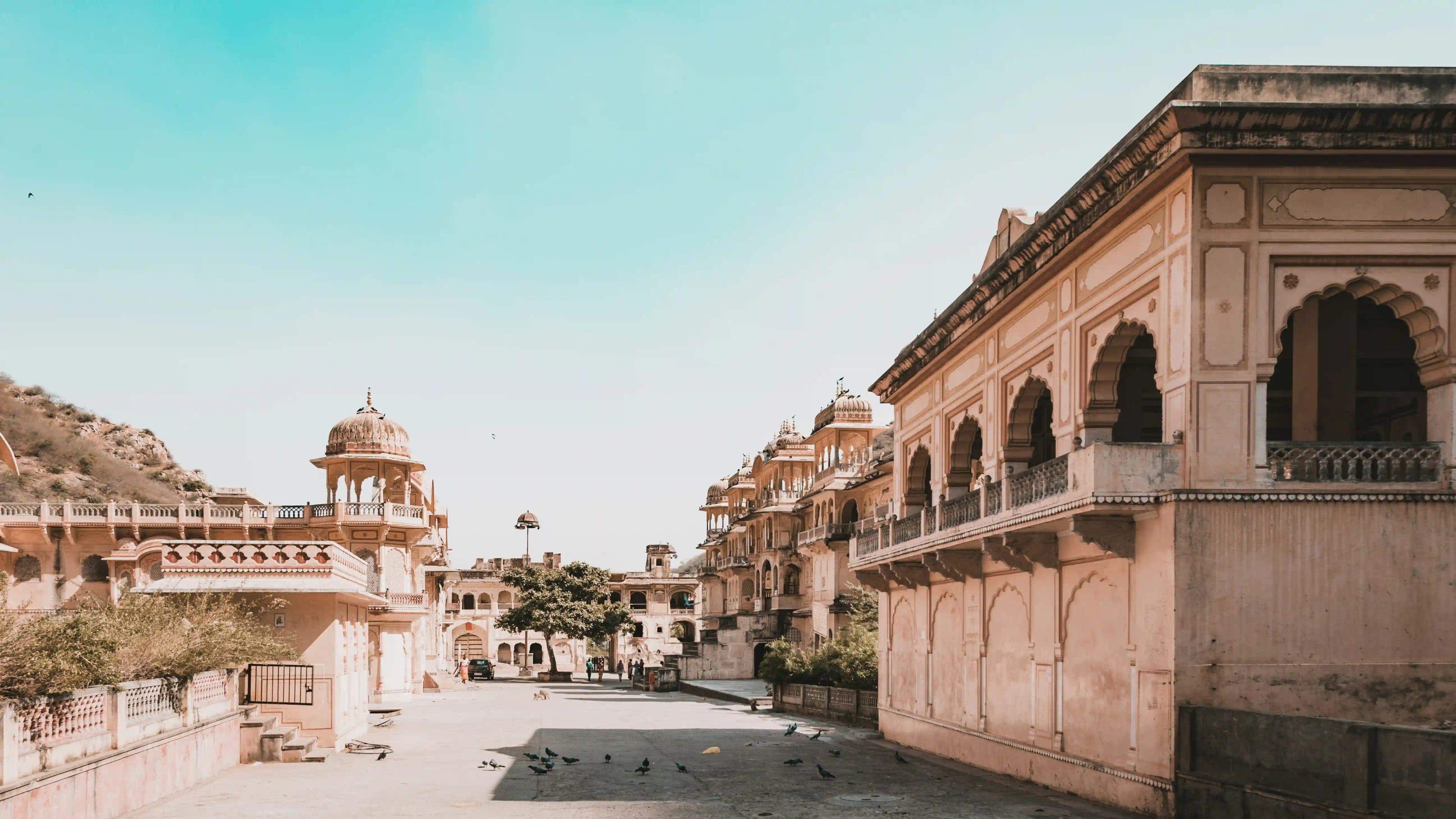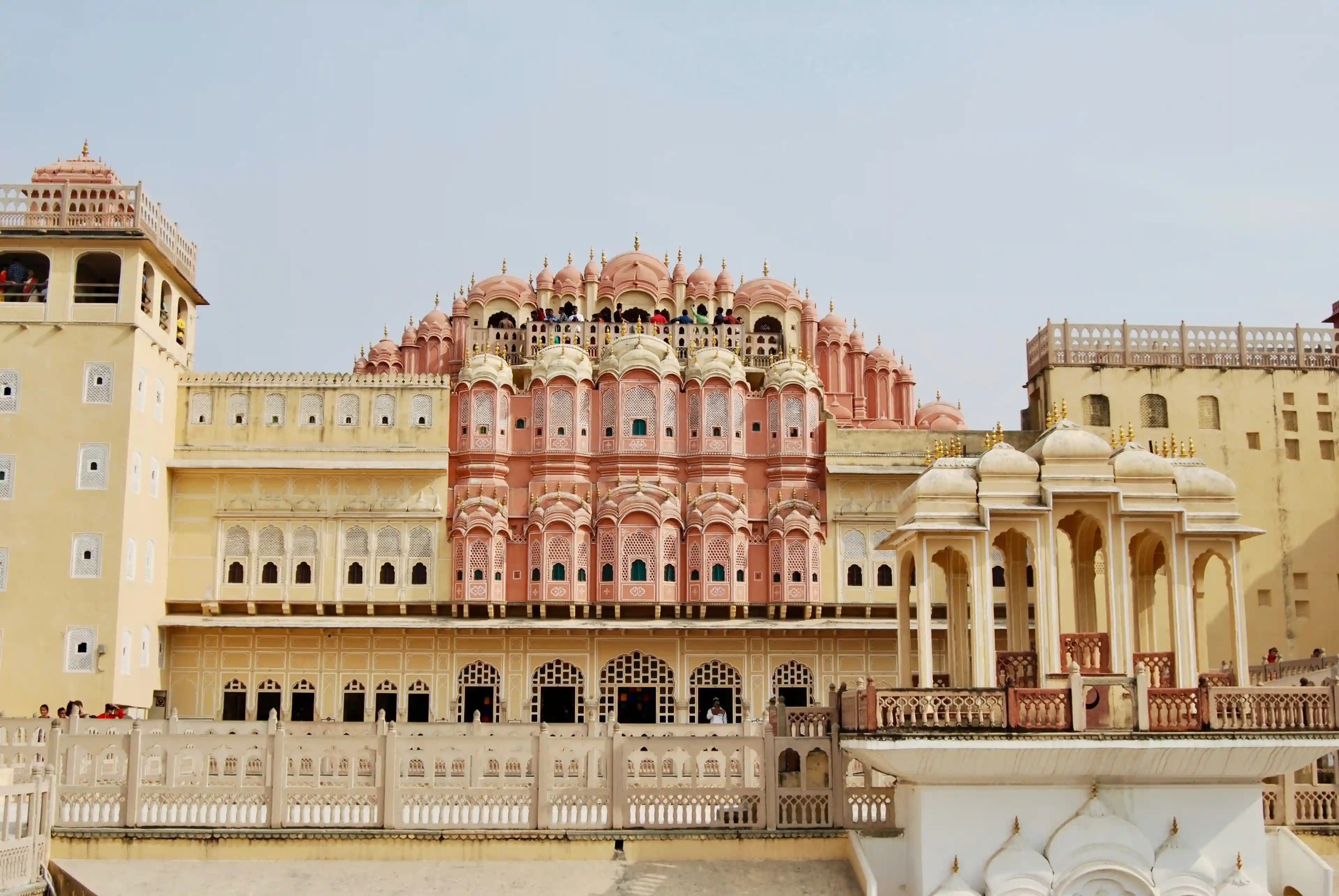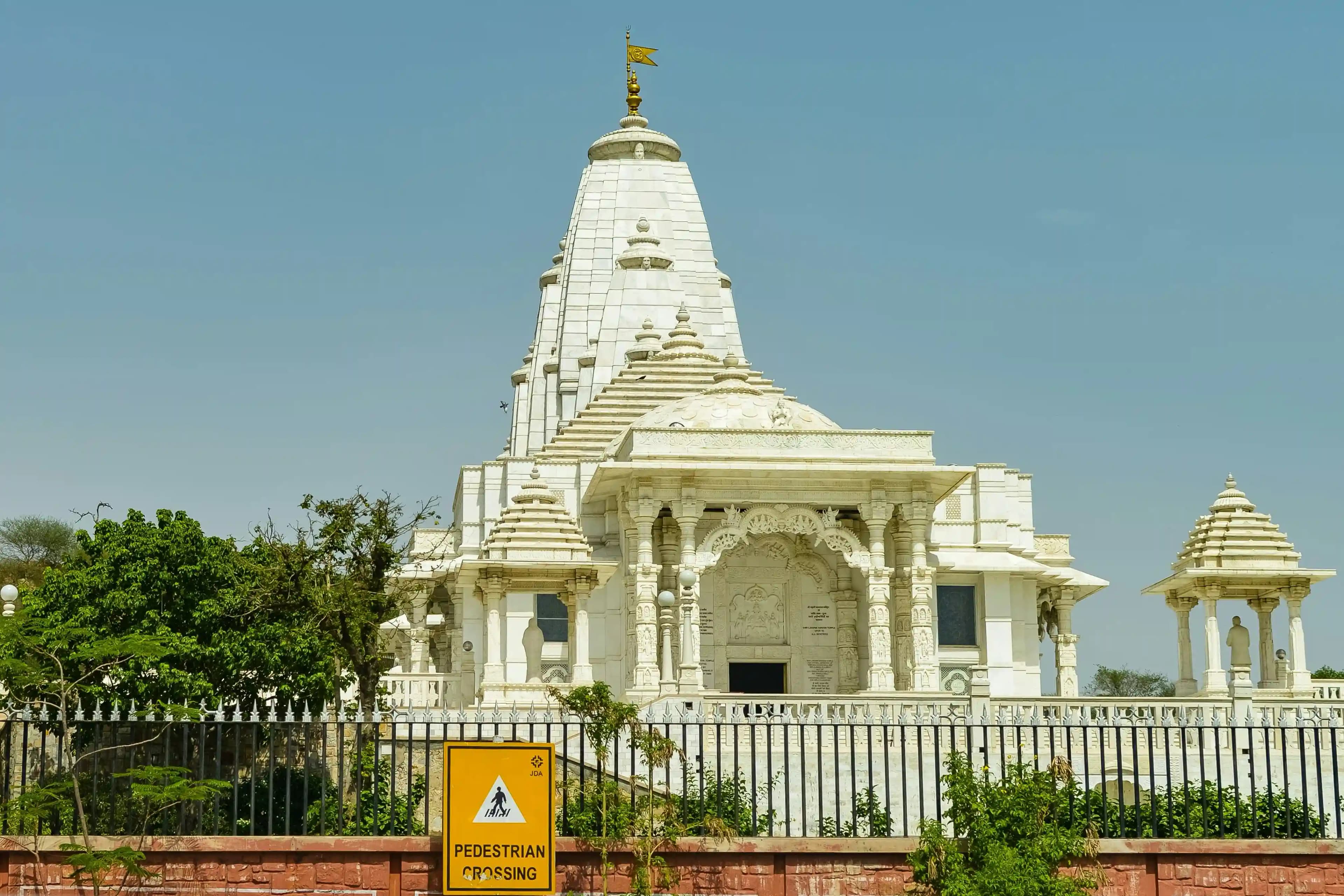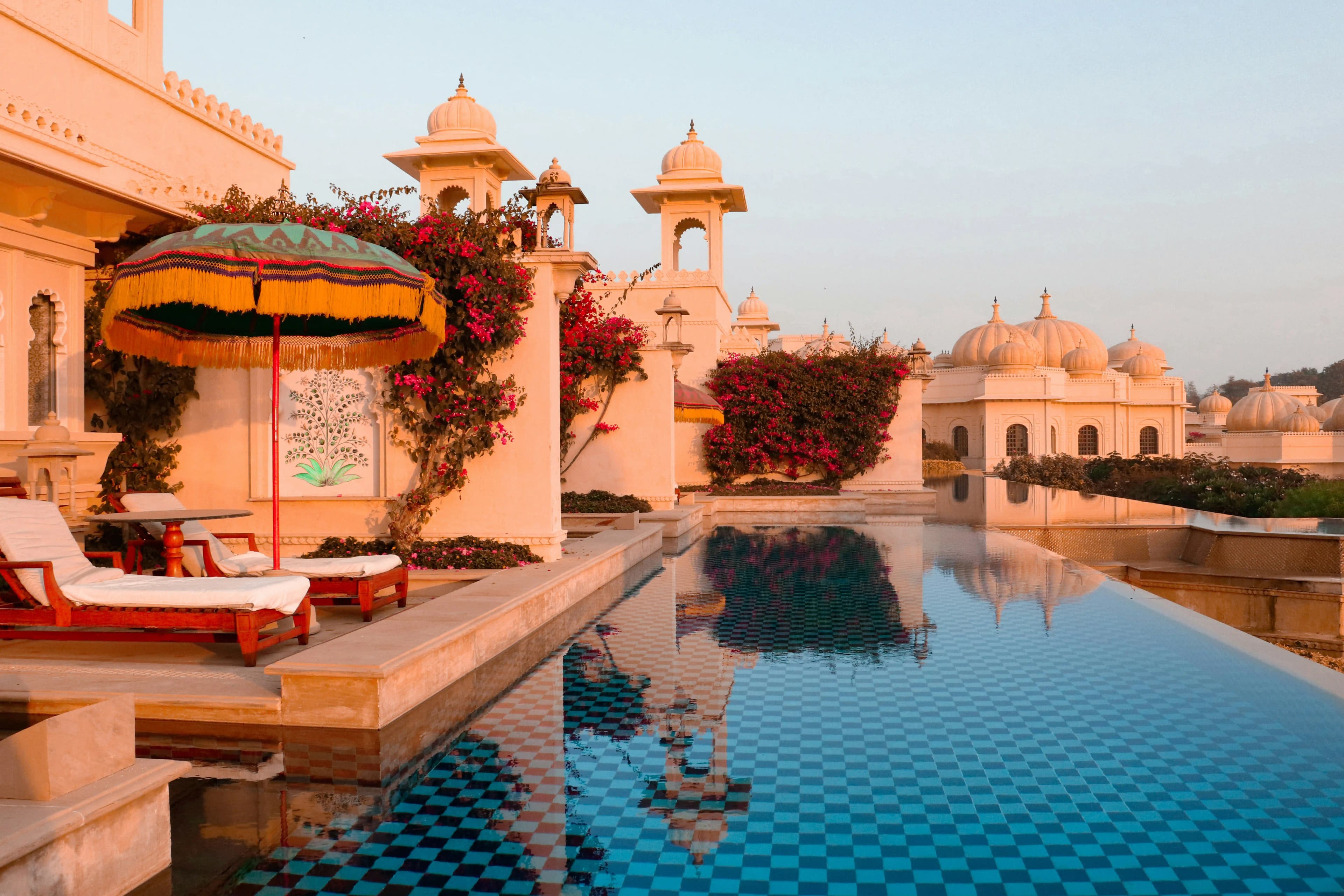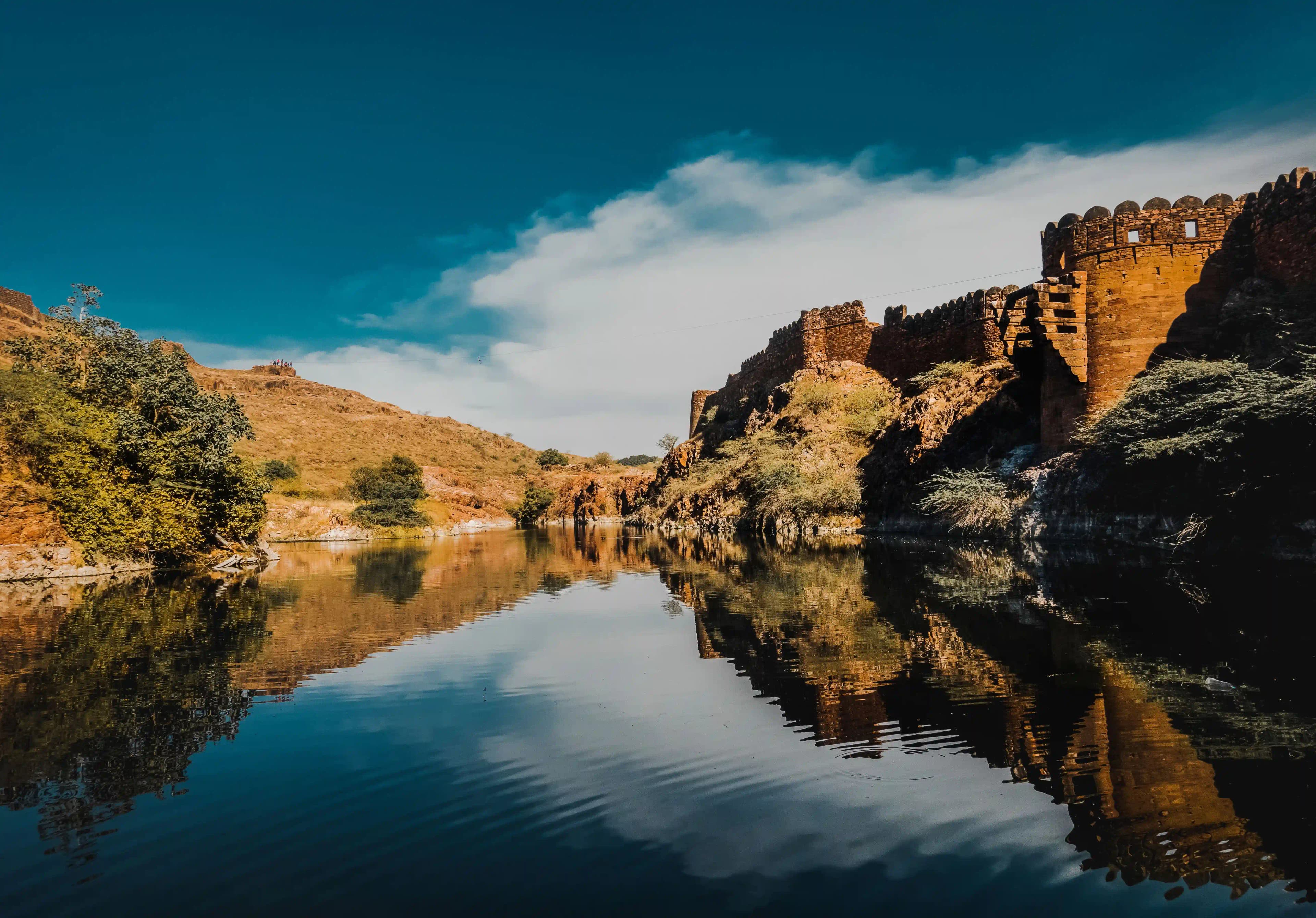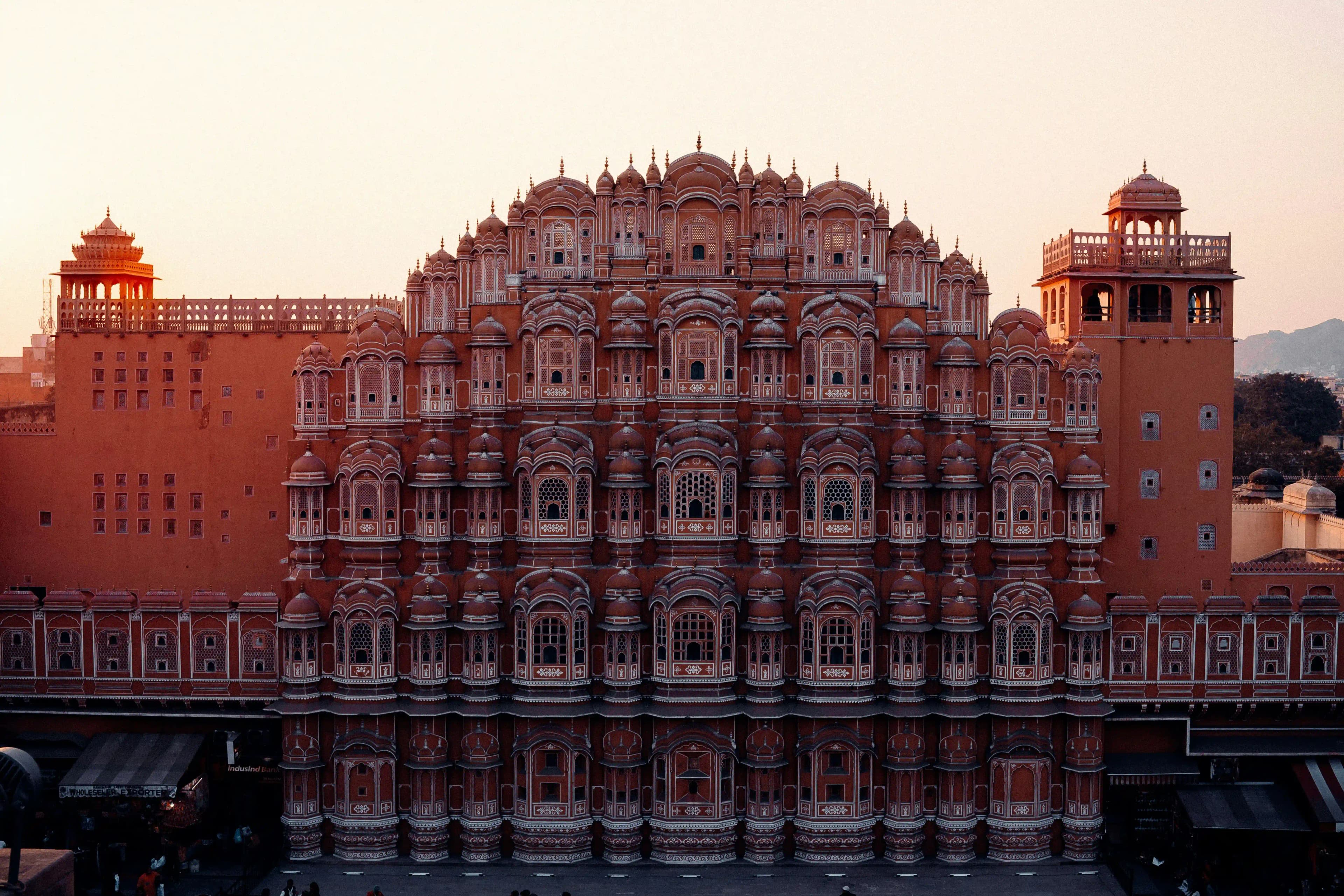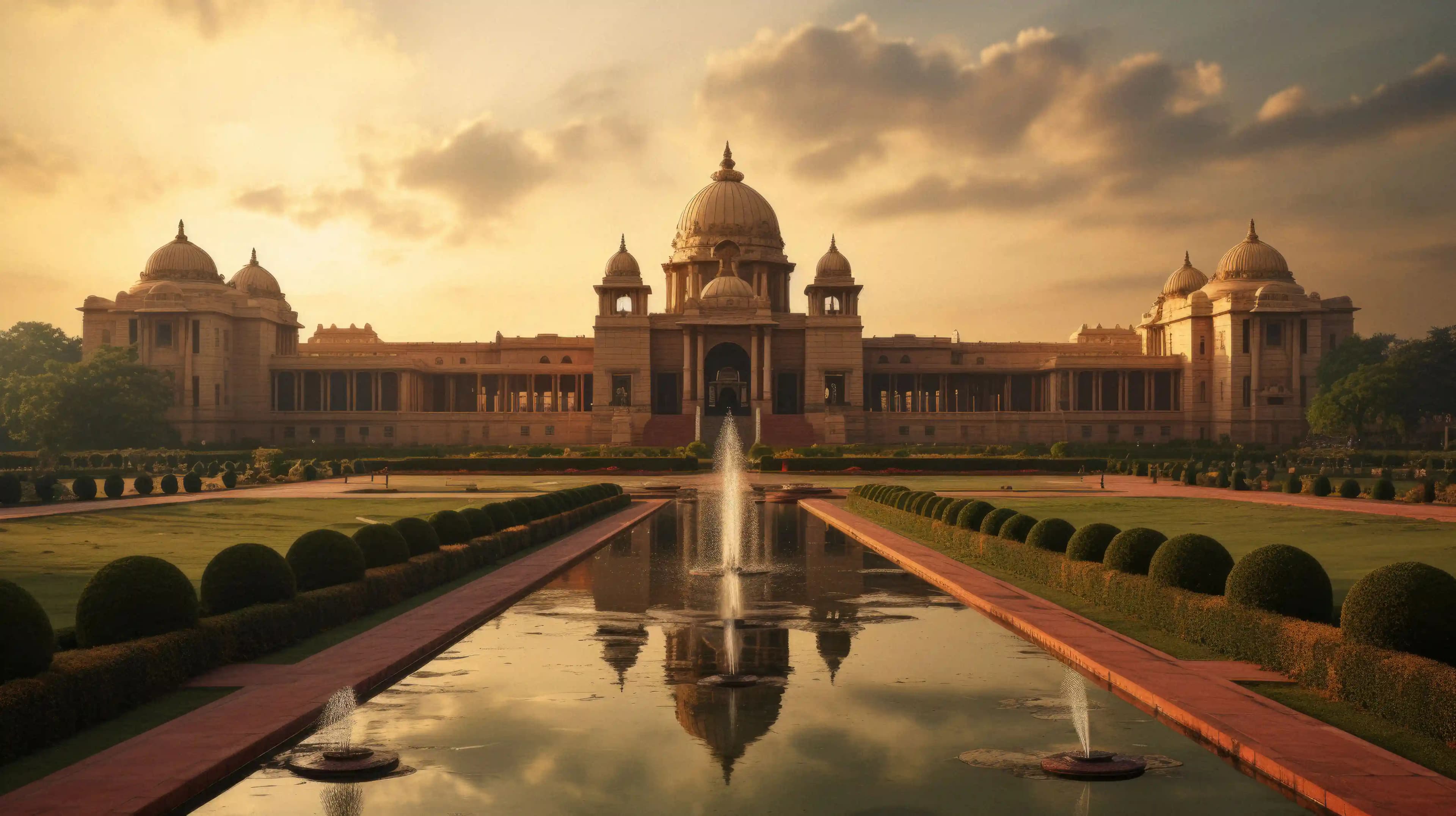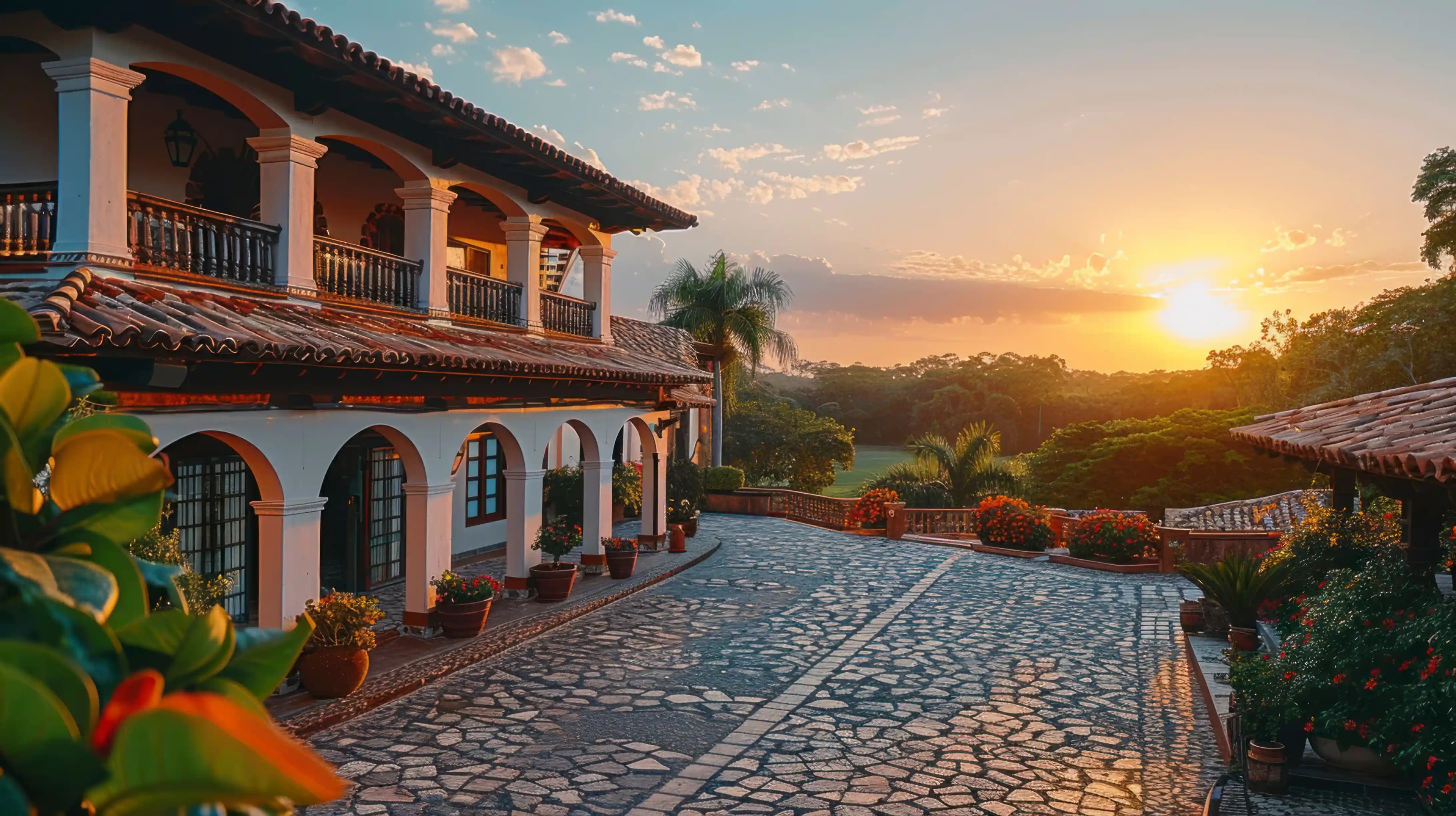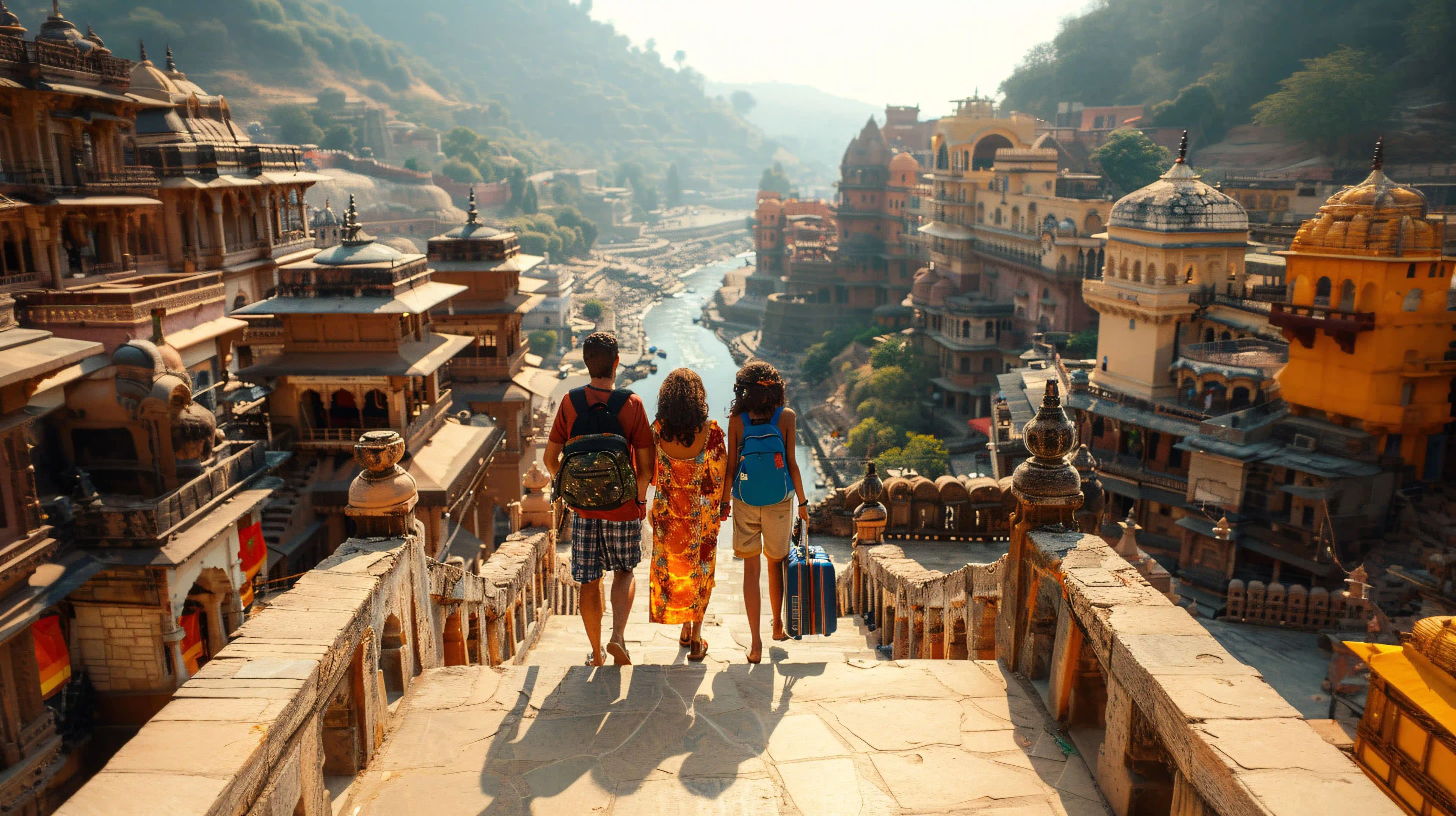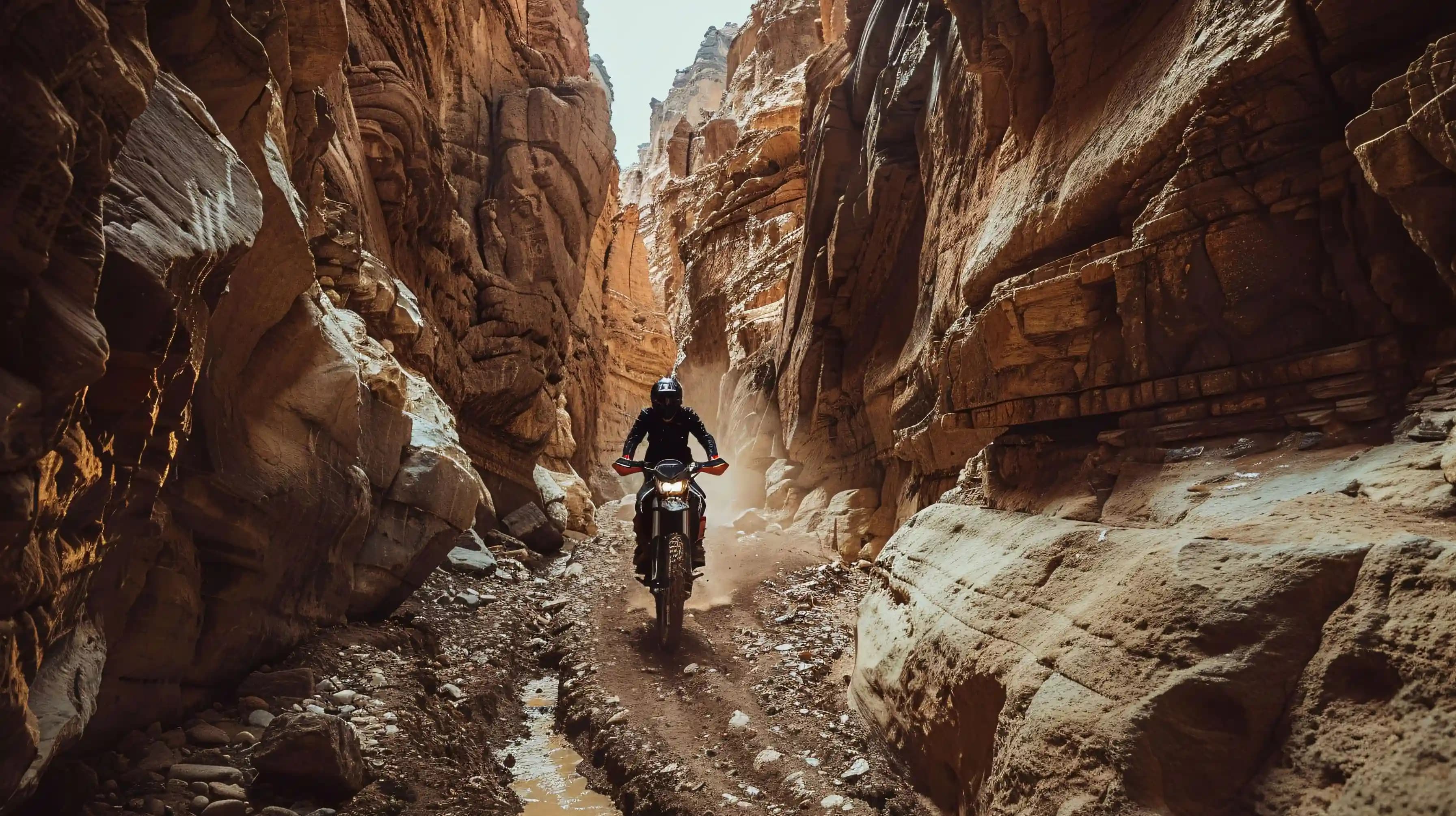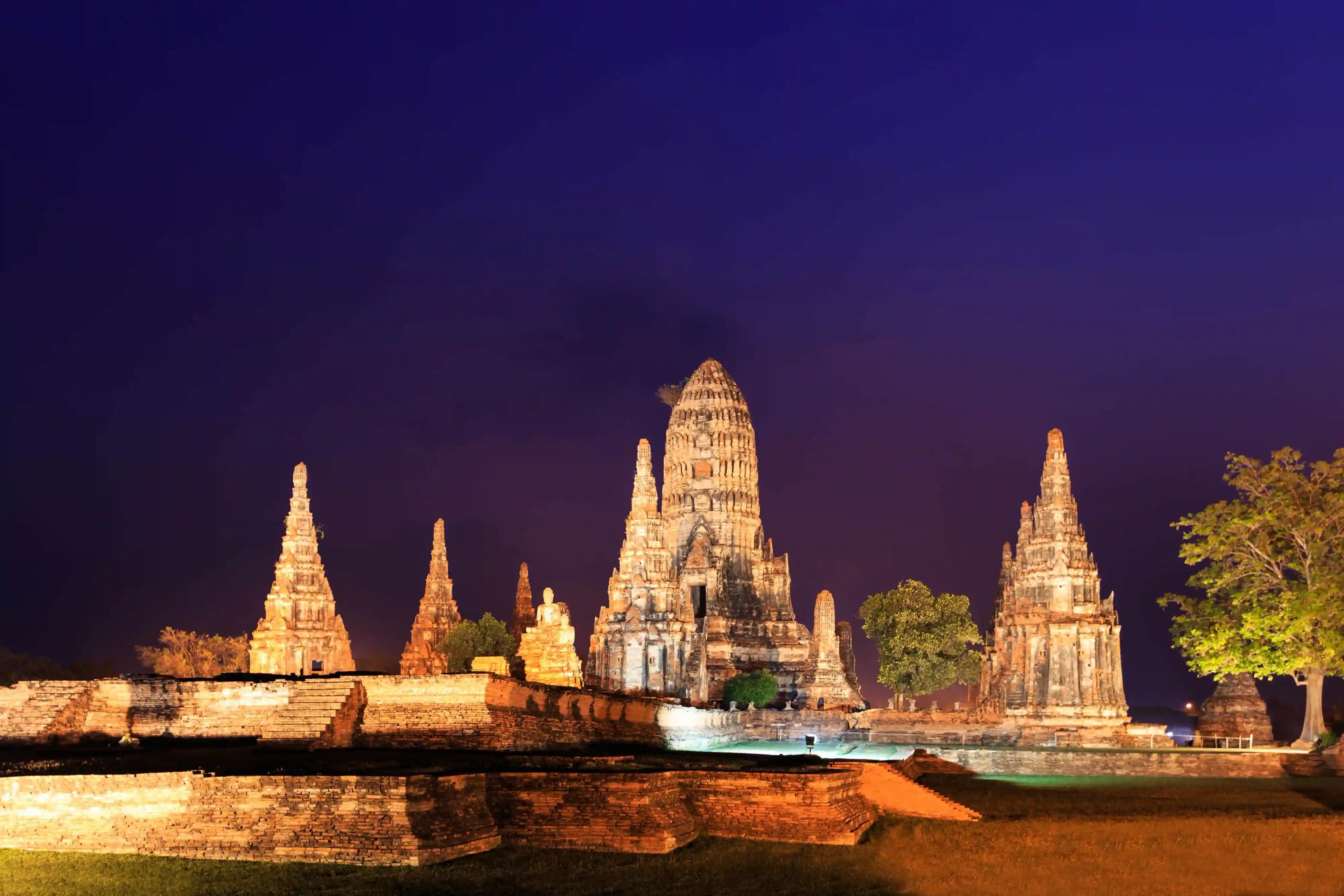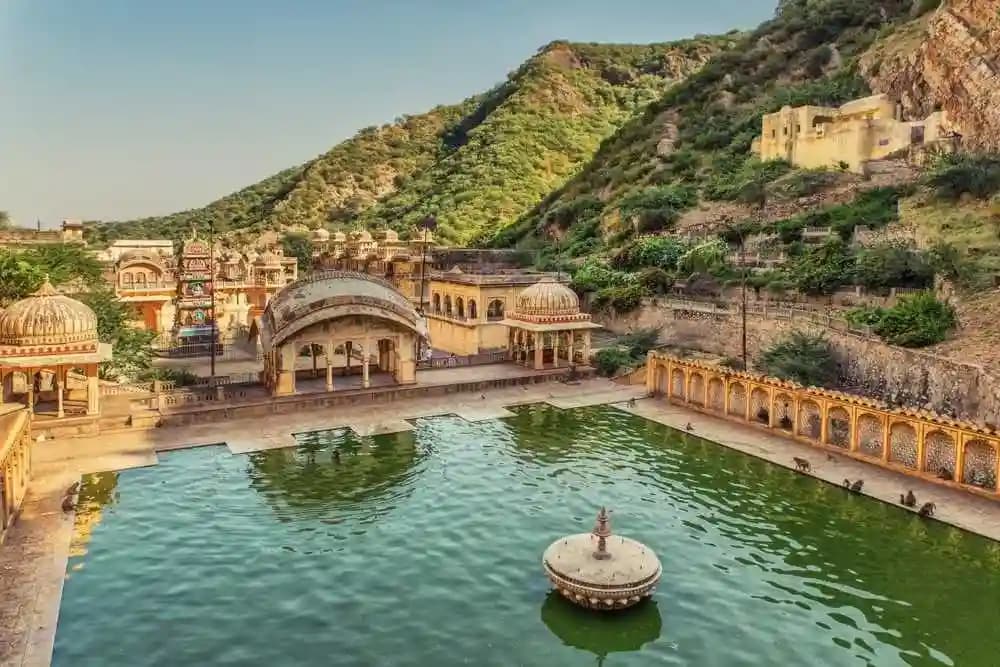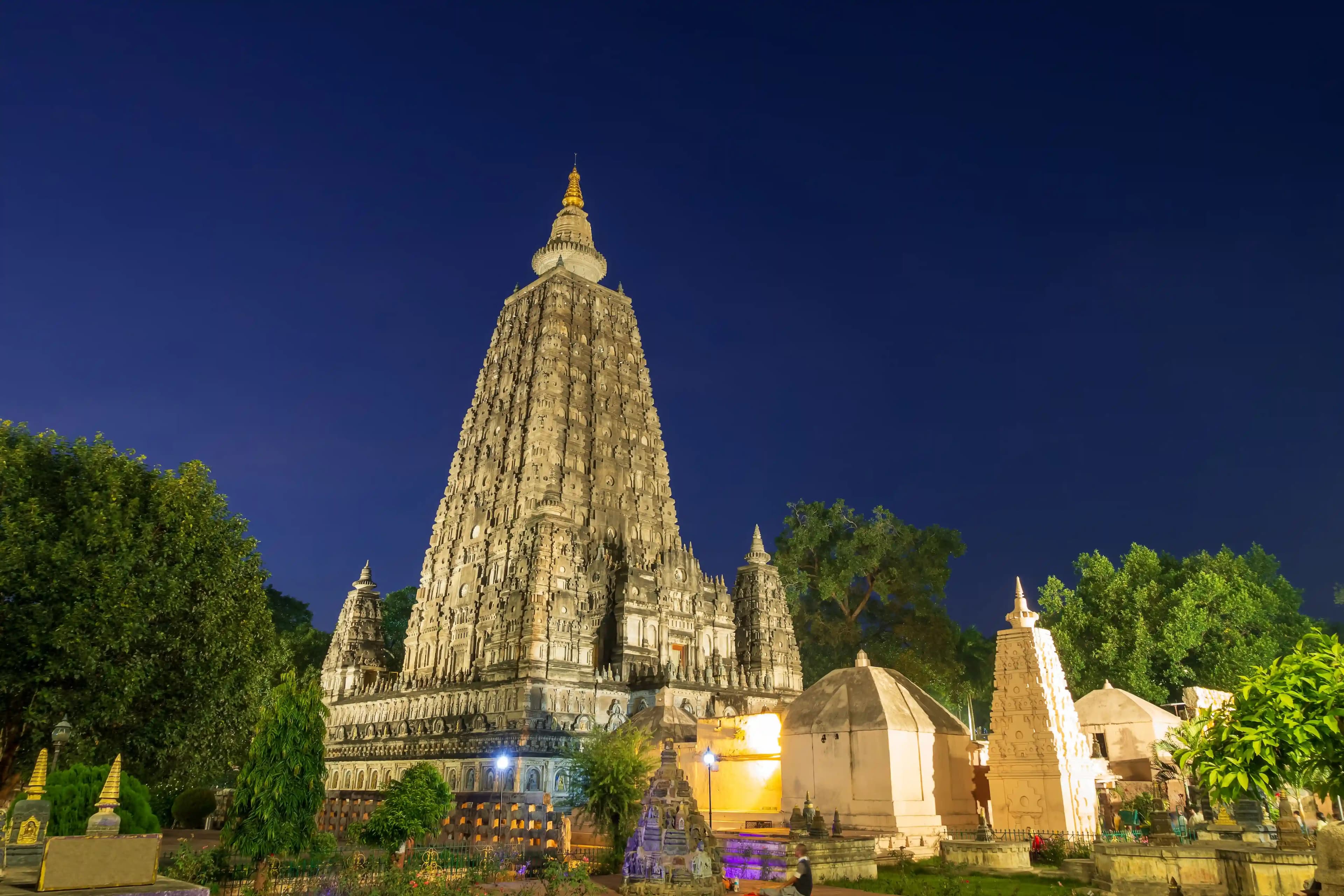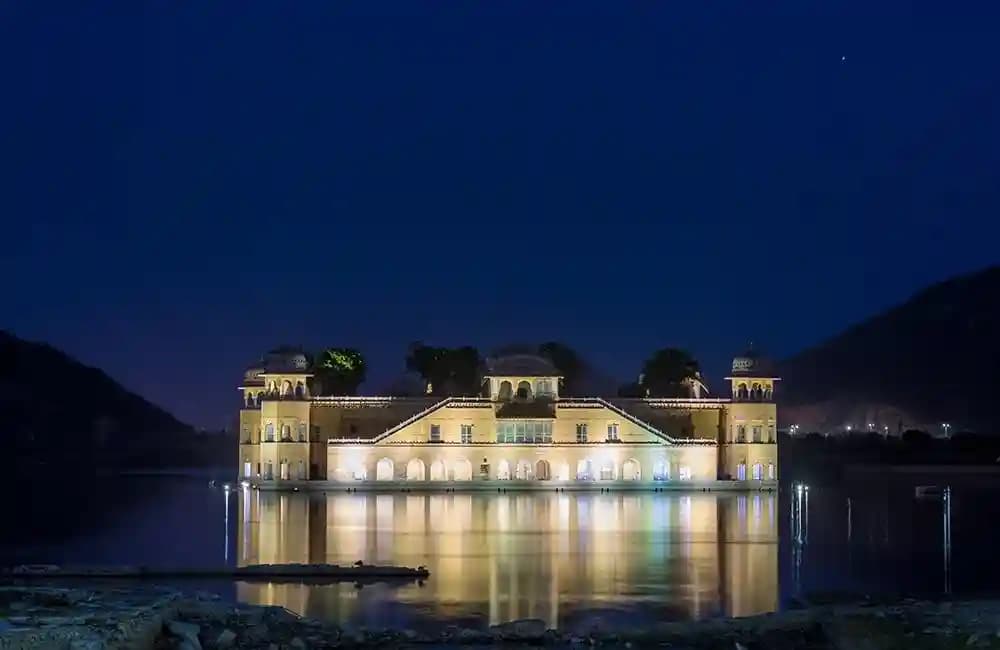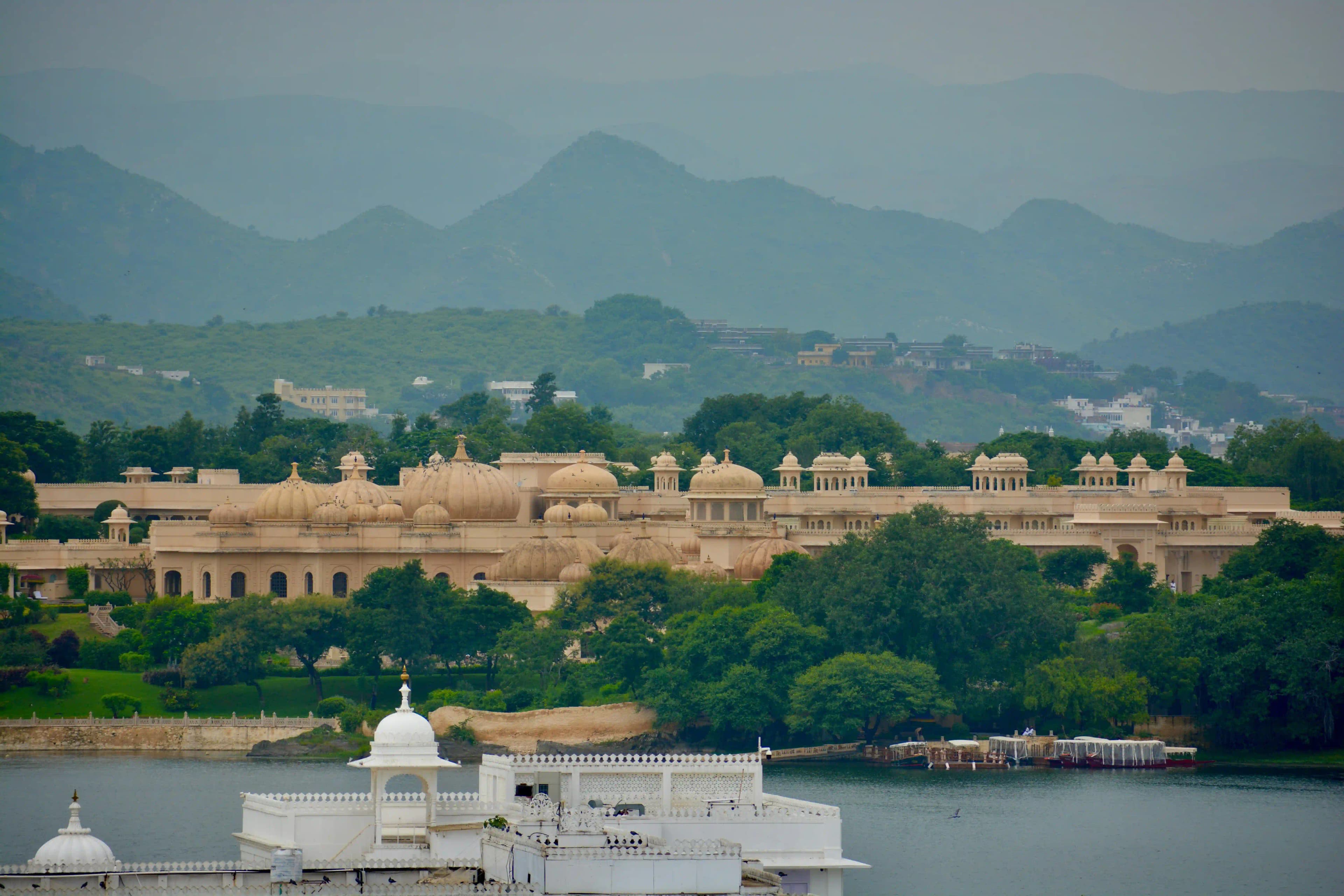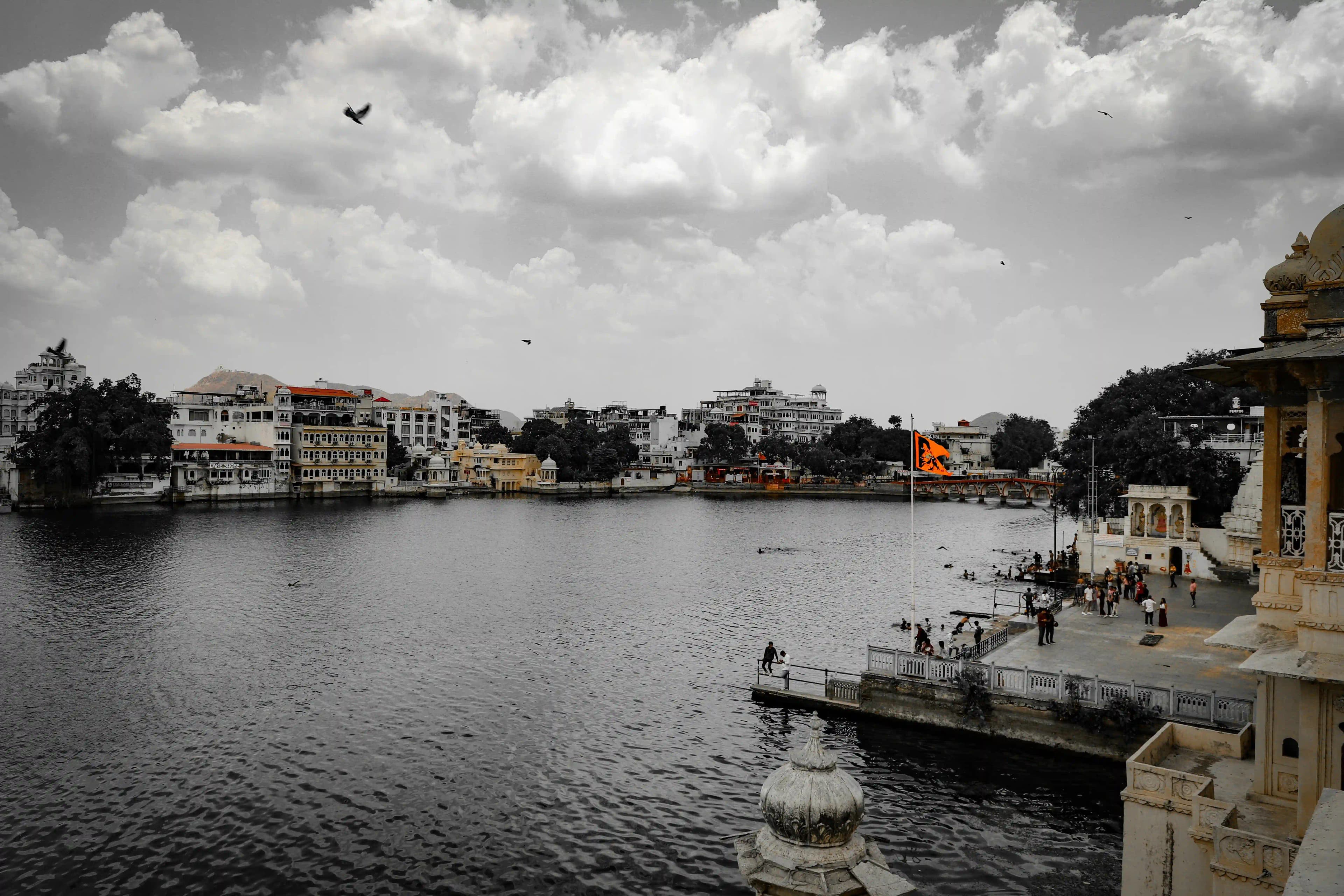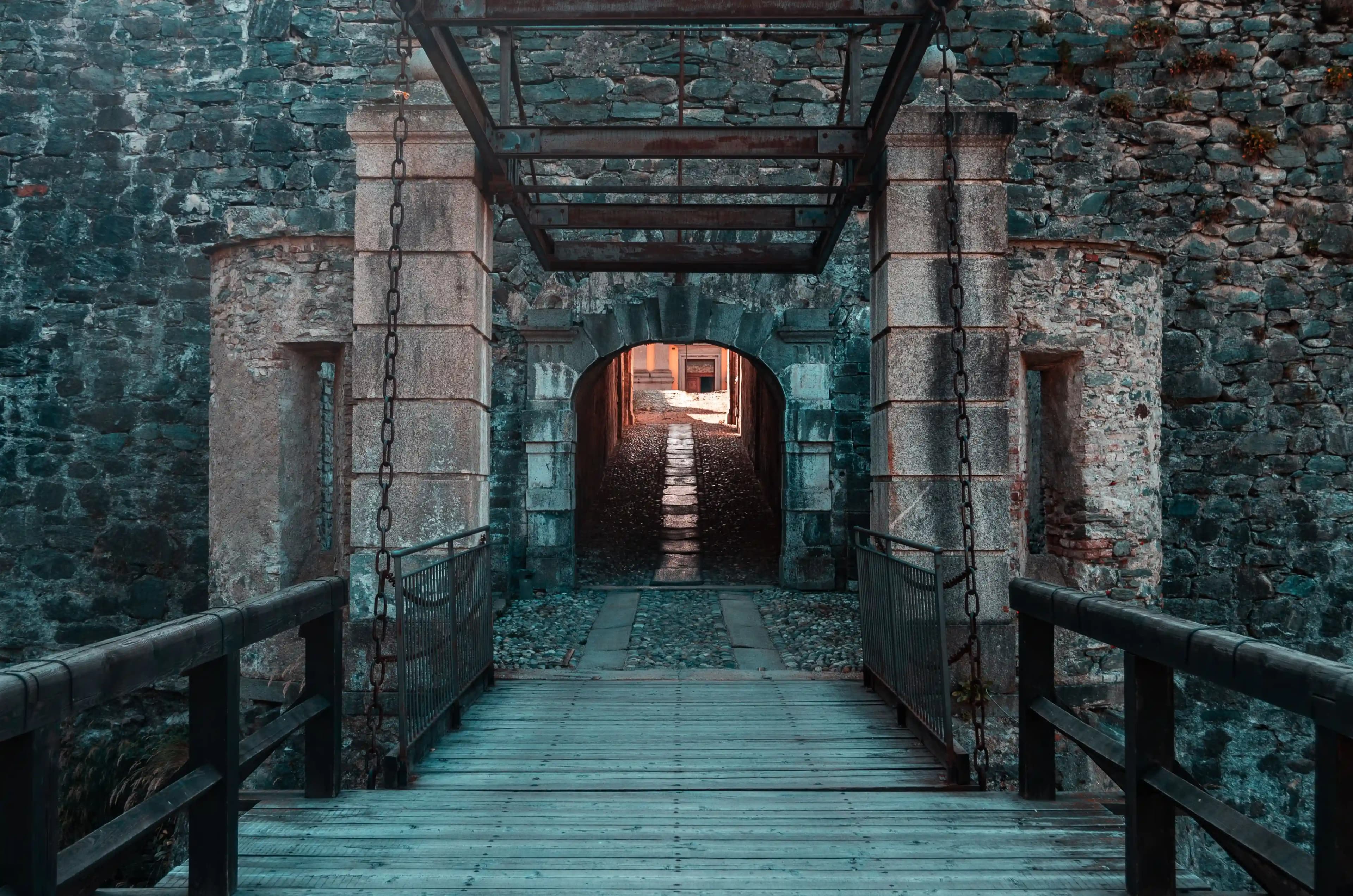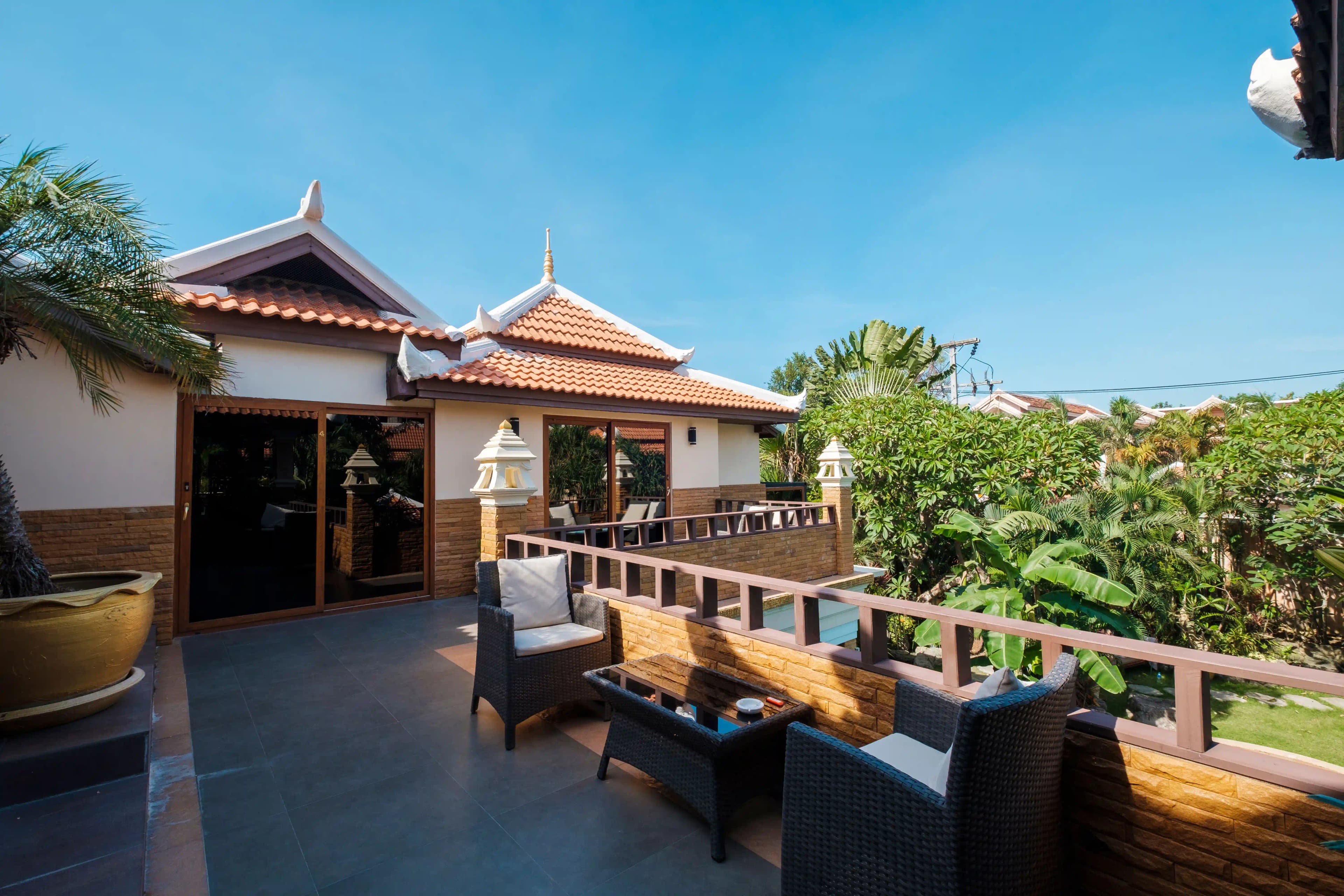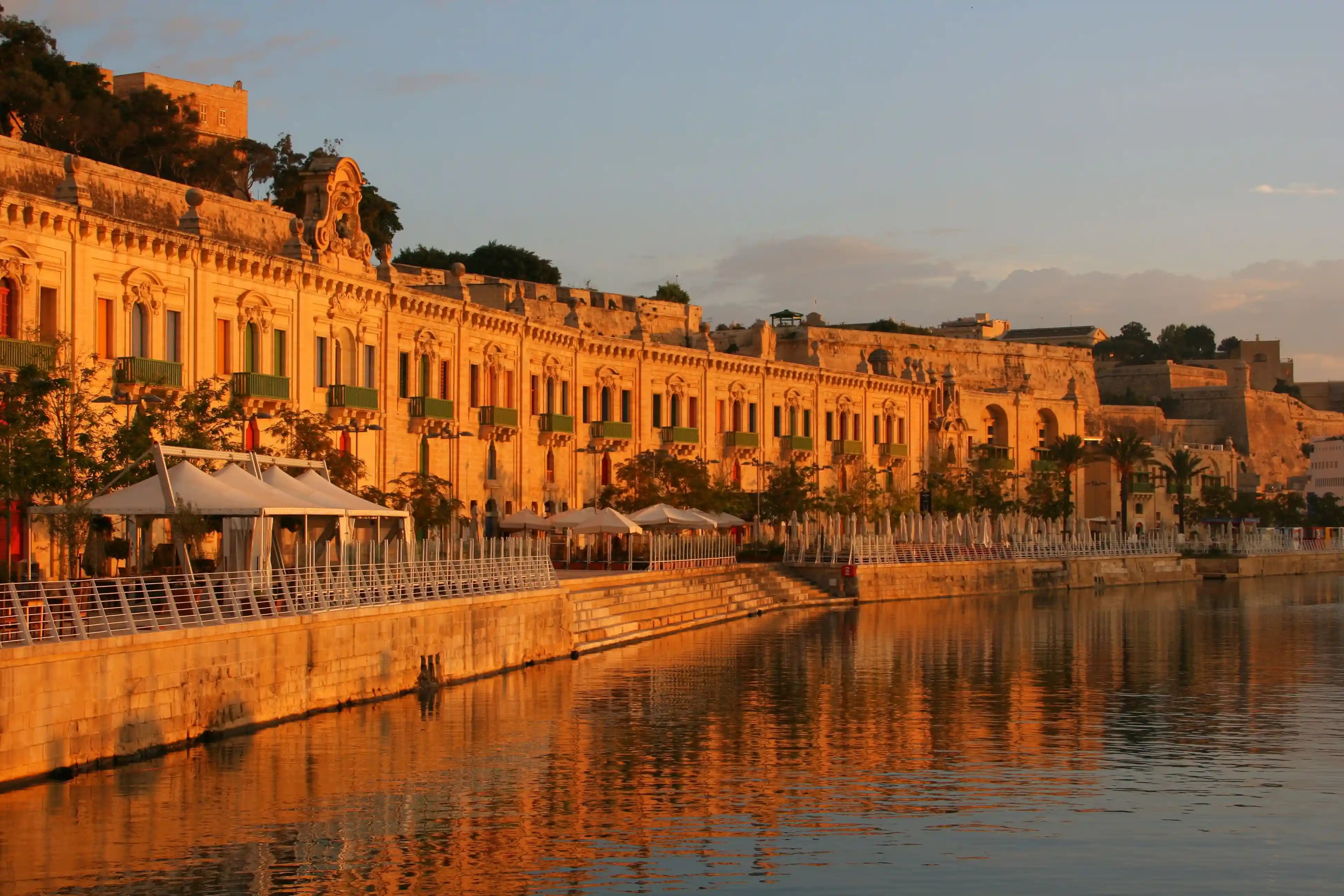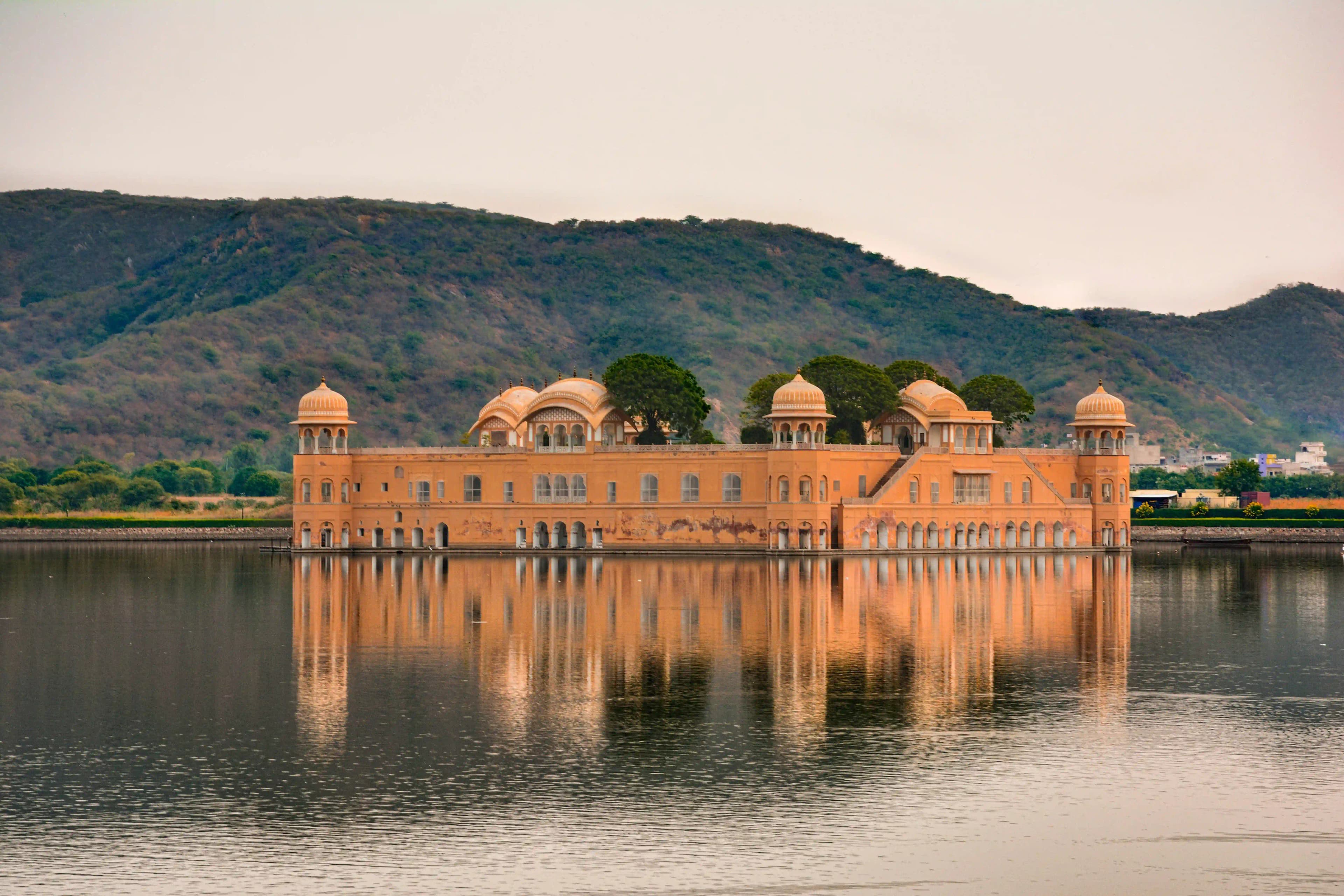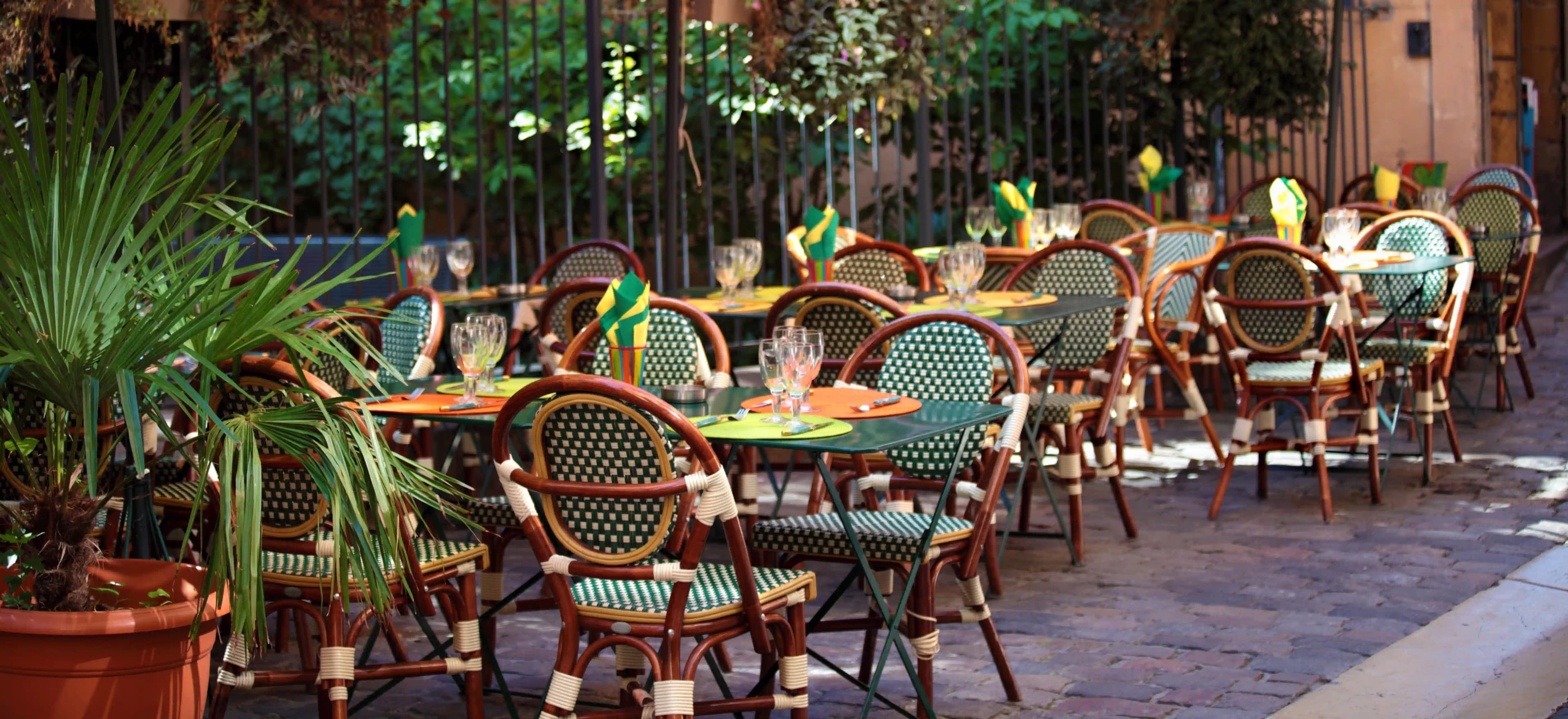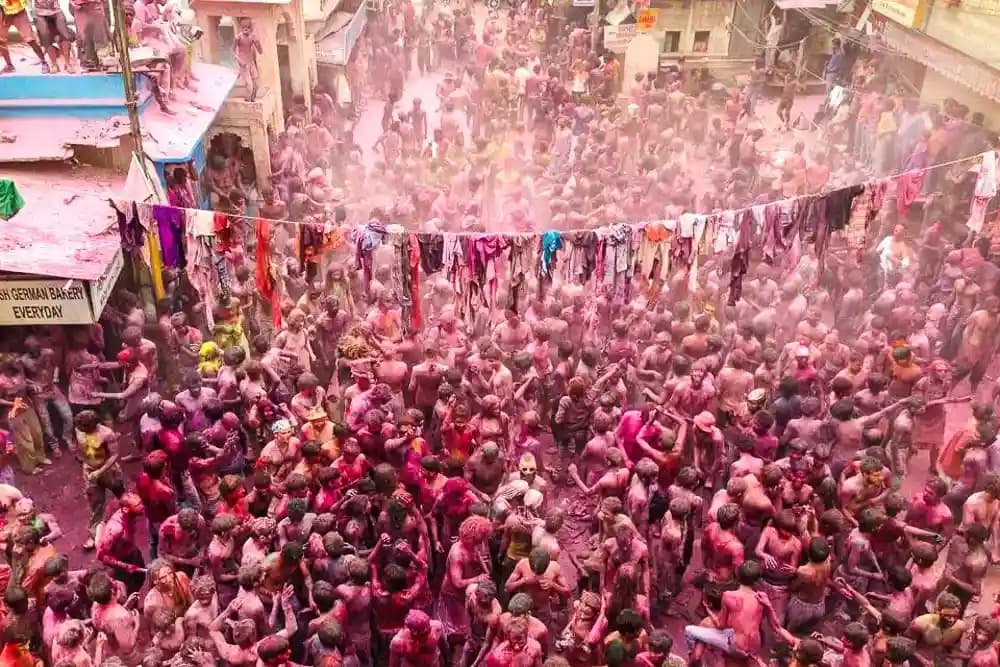Ranthambore National Park in Rajasthan is one of the best places to explore wildlife. This place is located in the Sawai Madhopur district and is famous for its Royal Bengal Tigers. Earlier, this place was used as a hunting ground for the Maharajas of Jaipur, and now the park is taken care of by the Rajasthan forest department and is renowned for its tiger reserve.
The wild and rugged landscapes of Ranthambore National Park are filled with rocky hills, dry forests, and lakes that often attract crocodiles and birds. Along with tigers, you might come across leopards, sloth bears, and many other species during a safari. Every ride feels different because you never really know what the jungle will reveal. Ranthambore Fort, a UNESCO World Heritage Site, is the main attraction here, rising above the forest and giving the place a unique mix of history and nature.
In this blog, we’ll explore why Ranthambore National Park is more than just a tiger reserve and what makes it such an unforgettable destination for visitors.
Key Features of Ranthambore National Park
Ranthambore National Park location: Sawai Madhopur district of Rajasthan, around 180 km away from Jaipur.
Establishment: It was declared a wildlife sanctuary in 1957, became part of Project Tiger in 1973, and was officially established as a national park in 1980.
Total Area: 1,334 sq. km
Ranthambore National Park ticket: No entry fee is there however, visitors have to pay for a guided safari or Canter tour.
Ranthambore National Park timings: Ranthambore National Park offers jungle safaris twice a day, with morning shifts from 6:30 AM to 10:00 AM and afternoon shifts from 2:30 PM to 6:00 PM, but these times may vary slightly depending on the season.
Major species found in Ranthambore: Royal Bengal Tiger, Leopard, Sloth Bear, Striped Hyena, Marsh Crocodile, Jackal, Sambar Deer, Chital, Nilgai, Wild Boar
Bird species found in Ranthambore: Painted Spurfowl, Indian Eagle Owl, Crested Serpent Eagle, Kingfisher, Woodpeckers, and Waterfowl around the lakes.
Ranthambore National Park Famous For: National Park is famous for exploring wildlife and doing Jungle Safari.
Ranthambore National Park Safari Guide
No trip to Ranthambore is complete without going on a jungle safari. It is one of best things to do here along with seeing the Royal Bengal Tiger in its natural habitat. Here’s everything you need to know before you set off.
Zones 1 to 4 are ideal for spotting animals and photographing migratory birds. The mornings are crisp, the light is perfect, and the jungle feels alive. Winter is the perfect time to explore this zone.
Zones 1 to 5 give you the best tiger sightings. With lakes drying up, animals come out into the open, making it easier to catch that majestic tiger on camera. Summer is the perfect time to explore this zone.
Zones (1–5) are closed in the monsoon season to protect the forest, but Zones 6 and 7 remain open.
Ranthambore National Park Safari Options and Prices
Ranthambore offers two main safari options:
Jeep Safari
It is a 6-seater jeep, perfect for families or small groups who want a more private experience.
Price of Jeep Safari- INR 1900 per person for Indians and INR 3800 per person for foreign tourists.
Canter Safari
This is a 20-seater open bus, ideal for larger groups or solo travelers looking to share the experience with others. They mostly cover the main safari routes but still give plenty of chances to spot tigers, leopards, and other wildlife.
Price of Canter Safari- INR 1400 per person for Indians and INR 2800 per person for foreign nationals.
Best Time to Visit Ranthambore National Park
Ranthambore National Park's best time to visit is from October to June, but the experience you’ll have really depends on the season. Here’s a breakdown so you can pick the right time for your trip:
October to February (Winter)
If you want to experience pleasant Ranthambore National Park weather, winter is the best time. The cool breeze and clear skies make safaris super comfortable, and it is also the perfect time for photography. You can spot a lot of migratory birds during this time of the year.
March to June (Summer)
Summer sun in Rajasthan can be harsh. However, this is actually the best time for tiger sightings. With water sources drying up, tigers and other animals often come out in the open near lakes and ponds to drink water, giving visitors a higher chance of spotting them. If spotting the big cats is your top priority, summer is the time for you.
July to September (Monsoon)
During the monsoon, the core zones (i.e., Zone 1-5) of the park remain closed to protect the animals and the forest. Heavy rains also make safaris tricky. However, some buffer zones (i.e., Zone 6-7) stay open, so you can still enjoy the greenery and possibly see wildlife in these areas. It’s quieter, less crowded, and the landscape looks absolutely fresh and vibrant.
How to Reach Ranthambore National Park
It is easier to reach Ranthambore than you might think. Ranthambore National Park has good connectivity via road, air, or train. Let's know the option that best fits your travel style and convenience.
By Air
The closest airport to Ranthambore National Park is about 180 km away. You can hire a private taxi or bus to reach Sawai Madhopur, the nearest town to Ranthambore. Travelling by air is the most convenient and fastest mode of travel if you’re short on time.
Nearest Airport- Jaipur International Airport
By Train
Sawai Madhopur Railway Station is just 11 km from the Ranthambore National Park and is well connected to other major cities like Delhi, Jaipur, and Mumbai. Once you reach the place, you can take autos, taxis, and local buses to the park gates. It is a cost-effective way of traveling.
Nearest Railway Station- Sawai Madhopur Railway Station
By Road
Ranthambore is also well connected by highways. You can drive or take a bus, or drive on your own, to the Ranthambore National Park. Road travel gives you flexibility and the chance to enjoy Rajasthan’s landscapes along the way.
Top Places to Visit in Ranthambore National Park
Ranthambore is not just about tigers; it’s full of history and hidden gems. Here are some places to visit in Ranthambore National Park inside and around the park:
1. Ranthambore Fort
Ranthambore Fort isn’t just about history; it is about the views too. From the top, you can see endless stretches of forest, lakes glistening in the distance, and if you’re lucky, you can also get to see animals moving below. Walking through its old walls, temples, and step-wells makes you feel like you’ve stepped back in time. It’s a must-visit place in Ranthambore National Park, and honestly, the scenery alone is worth the climb.
2. Padam Talao
Padam Talao lies right in the middle of the park and is one of the biggest and most stunning lakes in Ranthambore National Park. Mornings are magical here; you might get to see deer along the banks or migratory birds flying overhead. The reflections on the water during sunrise are picture-perfect, making this place a favorite place for photographers and anyone who just wants to soak in some peace.
3. Jogi Mahal
Jogi Mahal is located on the edge of Padam Talao. It is a charming red sandstone rest house, but one can't stay here anymore. It is still a perfect place to stop and see the giant banyan tree nearby, said to be one of the largest in India. The mix of history and natural beauty makes this place feel really special.
4. Trinetra Ganesh Temple
Trinetra Ganesh Temple is located inside the Ranthambore Fort and is one of the oldest Ganesh temples in the country. What makes it unique is the idol of Lord Ganesh with three eyes. Pilgrims travel from far to offer prayers, and even if you’re not very religious, the energy of this place is something you’ll remember.
5. Surwal Lake
If you’re into birdwatching, Surwal Lake is the perfect place to visit in Ranthambore National Park. About 10 km away from the National park, this seasonal lake comes alive in winter with flamingos, storks, and loads of other migratory birds. It’s quiet, peaceful, and a nice break from the busier safari zones, especially if you just want to sit back and watch nature in its calmest form.
6. Raj Bagh Ruins
Between Padam Talao and Raj Bagh Talao, you’ll find the Raj Bagh Ruins, which is an old palace that now remains covered with creepers and is surrounded by jungle. The arches and broken walls give the place a mysterious vibe, almost like nature has claimed it back. Animals are often spotted wandering here, which makes it even more exciting; you never know what you might come across.
7. Malik Talao
Though it’s the smallest lake in the park, Malik Talao is buzzing with life. This is where you’ll most likely spot marsh crocodiles basking on the banks or slipping quietly into the water. It’s also a great place for birdwatching, so keep your camera handy. Despite its size, this lake has a way of surprising every visitor.
Things to Do in Ranthambore National Park
Ranthambore isn’t just about going on a safari; it is a place that offers an experience that perfectly blends adventure, culture, and nature. Here is the list of top things to do in Ranthambore for a memorable and enjoyable trip:
1. Go on a Tiger Safari
Tiger Safari is the highlight of the Ranthambore trip. Hop on a jeep or canter and head into the forest in search of the Royal Bengal Tiger. Along the way, you might also see leopards, sloth bears, jackals, and lots of deer. Each safari feels different; you never know what surprise the jungle has in store. Safaris are conducted twice daily, once in the early morning and another in the late afternoon. It is advised to reserve your Ranthambore National Park safari in advance as it gets booked out quickly.
2. Visit Ranthambore Fort
Ranthambore Fort is a UNESCO World Heritage Site and lies inside the Ranthambore National Park. One can climb up the fort and explore ancient temples, step-wells, along the stunning panoramic views of the jungle below. This place offers a mix of history and adventure and is a perfect place to take photographs and soak in the wild beauty.
3. Birdwatching at Surwal Lake
If you’re a bird lover, you can visit Surwal Lake. Surwal Lake turns into a paradise for migratory birds like flamingos, kingfishers, and storks, especially in winter. Even if you are looking for a peaceful place, the calm setting here will make you feel relaxed.
4. Explore the Raj Bagh Ruins
Situated inside the Ranthambore National Park, Raj Bagh Ruins is a fascinating place that represents the royal past. You might spot deer, peacocks, or even tigers, making it a perfect place for photographers and nature lovers. The only way to explore it is on a jeep or canter safari, which adds to the thrill. If you enjoy places that blend history with raw wilderness, the Raj Bagh Ruins are an experience you won’t want to miss.
5. Stop by Padam Talao and Jogi Mahal
Padam Talao, the largest lake in the park, is a serene place where animals often come to drink water. You’ll also find Jogi Mahal nearby. It is a historic red sandstone guesthouse with one of the largest banyan trees in India. Together, they offer a perfect blend of nature and heritage.
6. Seek Blessings at Trinetra Ganesh Temple
While exploring Ranthambore Fort, visiting the Trinetra Ganesh Temple is the best thing to do in Ranthambore. This little temple is dedicated to Lord Ganesh in his unusual three-eyed form and draws visitors' attention. Even if you’re just here for sightseeing, stopping here gives you a chance to soak in the calm, spiritual vibe of the place.
7. Capture Wildlife Photography
Ranthambore is a perfect place for photographers. The captivating views of the lakes, grasslands, and dense forest, are worth capturing. From capturing tigers to birds, every corner gives you a glimpse of something unforgettable.
8. Shop at Local Markets in Sawai Madhopur
Shopping is a must-do thing to do if you are visiting any place, as no trip is complete without picking up souvenirs. Once you are done with enjoying your jungle safari, head to the nearby town of Sawai Madhopur, where you’ll find handicrafts, colorful Rajasthani fabrics, and unique local artwork that are perfect little treasures to take home as a memory.
Travel Tips for Ranthambore National Park
Here are some practical tips to help you enjoy your Ranthambore safari safely and comfortably while making the most of your wildlife adventure.
Book your safari ahead of time so you can grab the slot that works best for you.
Spend time in zones 1 to 5 if you really want a good chance of seeing tigers.
Wear simple, neutral-colored clothes to blend in with the forest.
Bring binoculars and a camera if you want close-up views of wildlife.
Skip carrying food inside the park as it can attract animals.
Early morning safaris can be cold, so take a light jacket or shawl.
Listen to your guide, and follow what they say.
Carry a water bottle, sunscreen, and a cap to stay comfortable during the safari.
Don’t litter and therefore keep plants and wildlife clean.
Conclusion
Ranthambore is more than just a park; it offers a perfect mix of adventure, nature, and history. Some of the best things a traveller can do in Ranthambore National Park are watching a tiger, exploring ancient forts, and soaking in the calm lakes and forests, making every moment spent here feel special. If you are up for shopping, then local markets in Sawai Madhopur will add a colorful touch to your trip and let you take home a memory. Whether you are here for wildlife, history, or peace, Ranthambore has something for everyone. While in Ranthambore National Park, take your time, enjoy the safaris, and soak in the beauty all around. You’ll leave with memories that stay with you forever.
